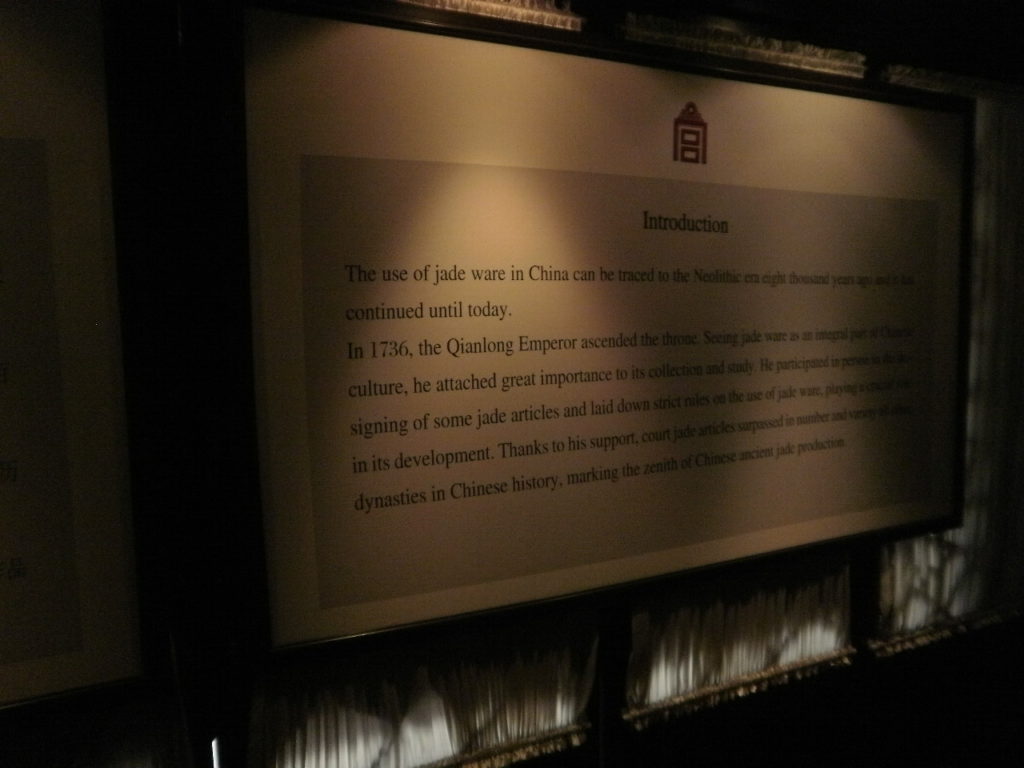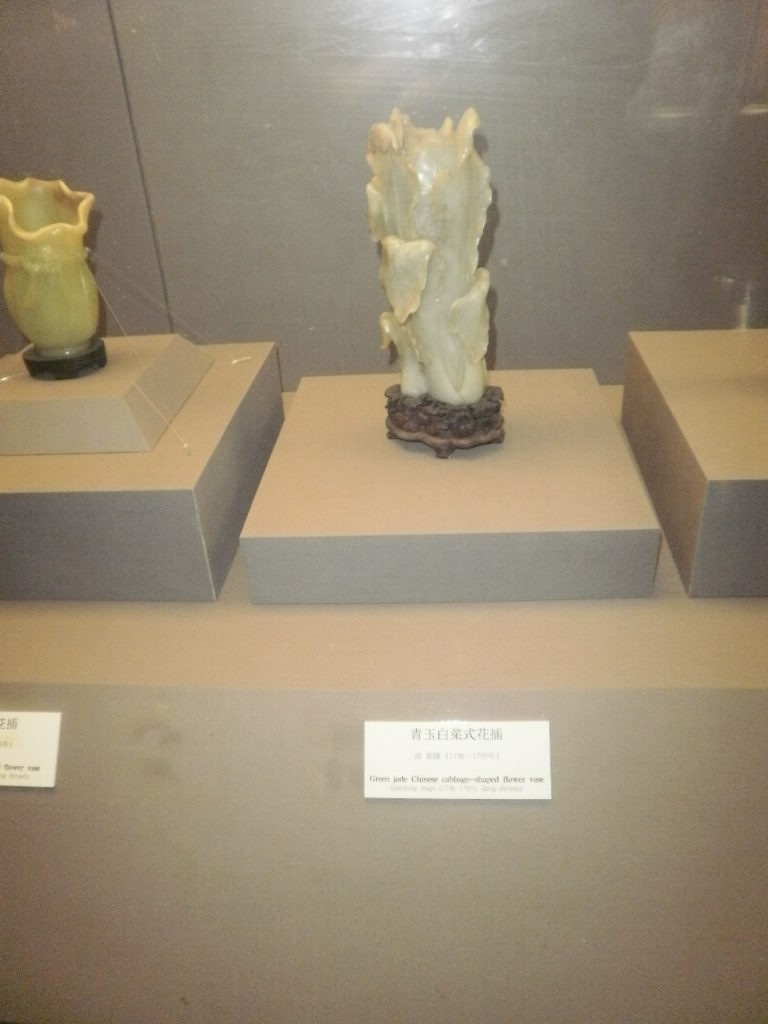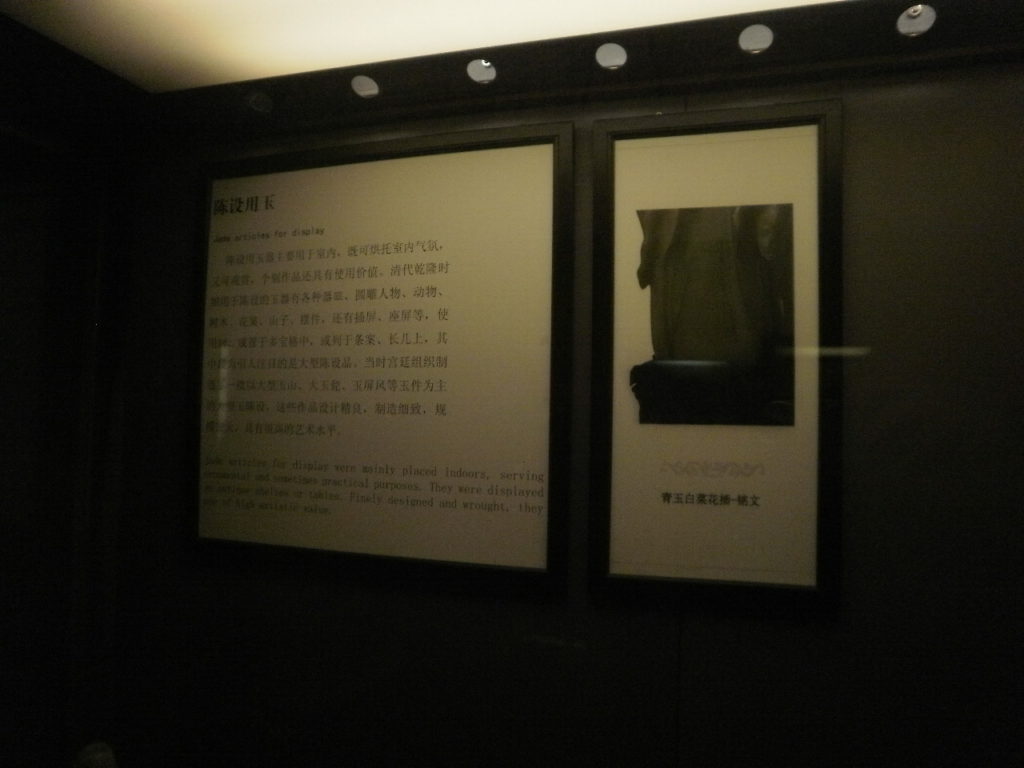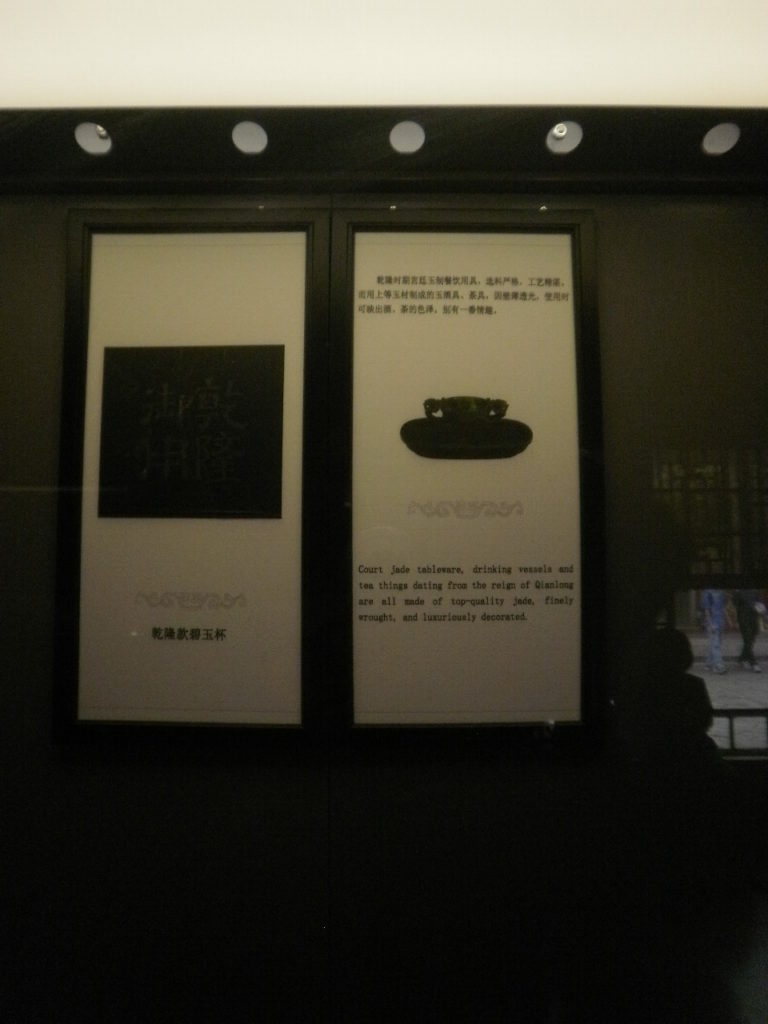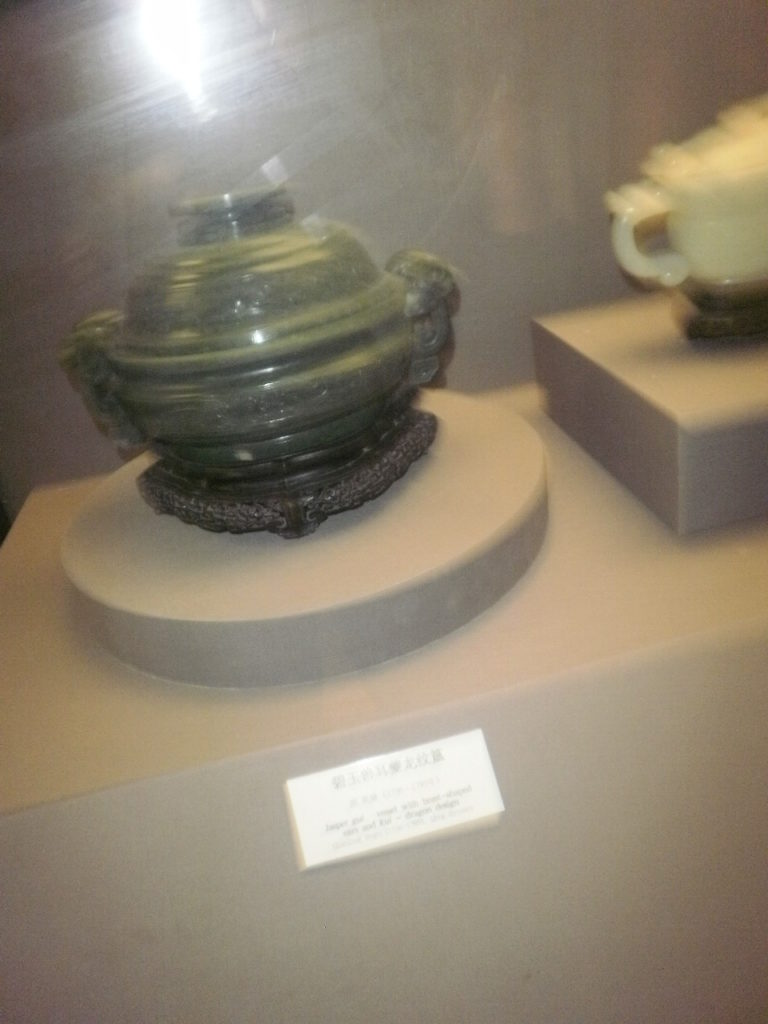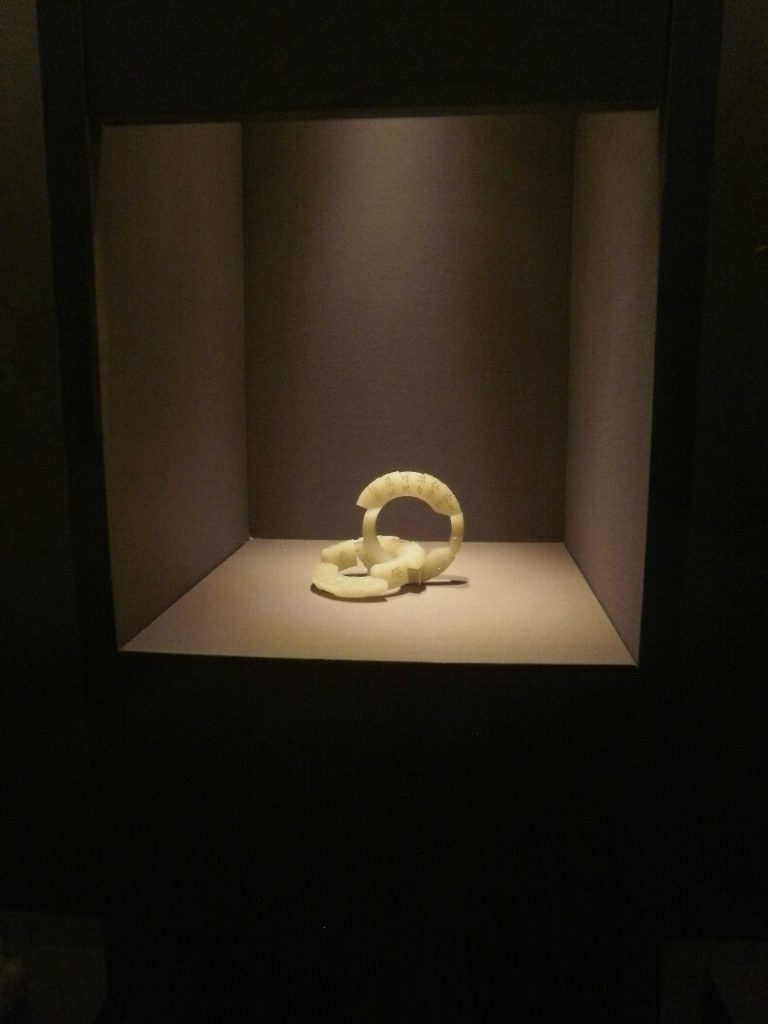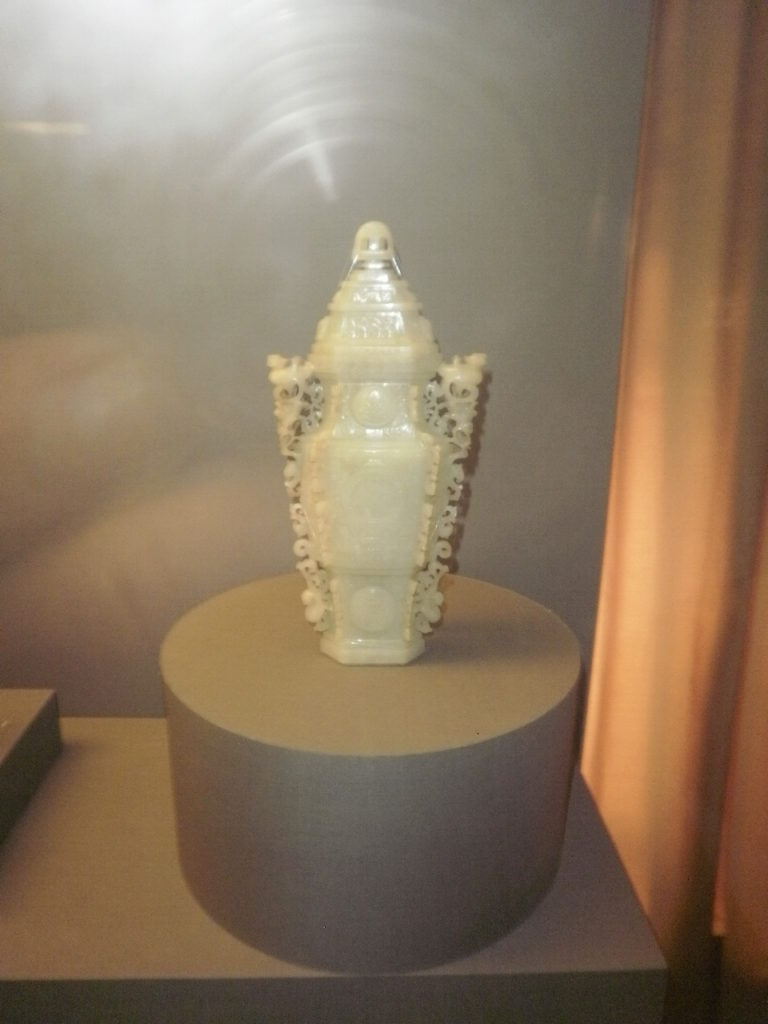The Palace Museum is a national museum housed in the Forbidden City at the core of Beijing, China. It was established in 1925 after the last Emperor of China was evicted from his palace, and opened its doors to the public. Constructed from 1406 to 1420, the museum consists of 980 buildings and covers 72 hectares. Wikipedia
From Wikipedia, the free encyclopedia
The Forbidden City (Gùgōng) is a palace complex in central Beijing, China. It houses the Palace Museum, and was the former Chinese imperial palace from the Ming dynasty to the end of the Qing dynasty (the years 1420 to 1912). The Forbidden City served as the home of emperors and their households and was the ceremonial and political center of Chinese government for almost 500 years.
Constructed from 1406 to 1420, the complex consists of 980 buildings[3] and covers 72 hectares (over 180 acres).[4][5] The palace exemplifies traditional Chinese palatial architecture,[6] and has influenced cultural and architectural developments in East Asia and elsewhere. The Forbidden City was declared a World Heritage Site in 1987,[6] and is listed by UNESCO as the largest collection of preserved ancient wooden structures in the world.
Since 1925, the Forbidden City has been under the charge of the Palace Museum, whose extensive collection of artwork and artifacts were built upon the imperial collections of the Ming and Qing dynasties. Part of the museum’s former collection is now in the National Palace Museum in Taipei. Both museums descend from the same institution, but were split after the Chinese Civil War. Since 2012, the Forbidden City has seen an average of 15 million visitors annually, and received more than 16 million visitors in 2016[7] and 2017.[1]
_________________________________________________________________________
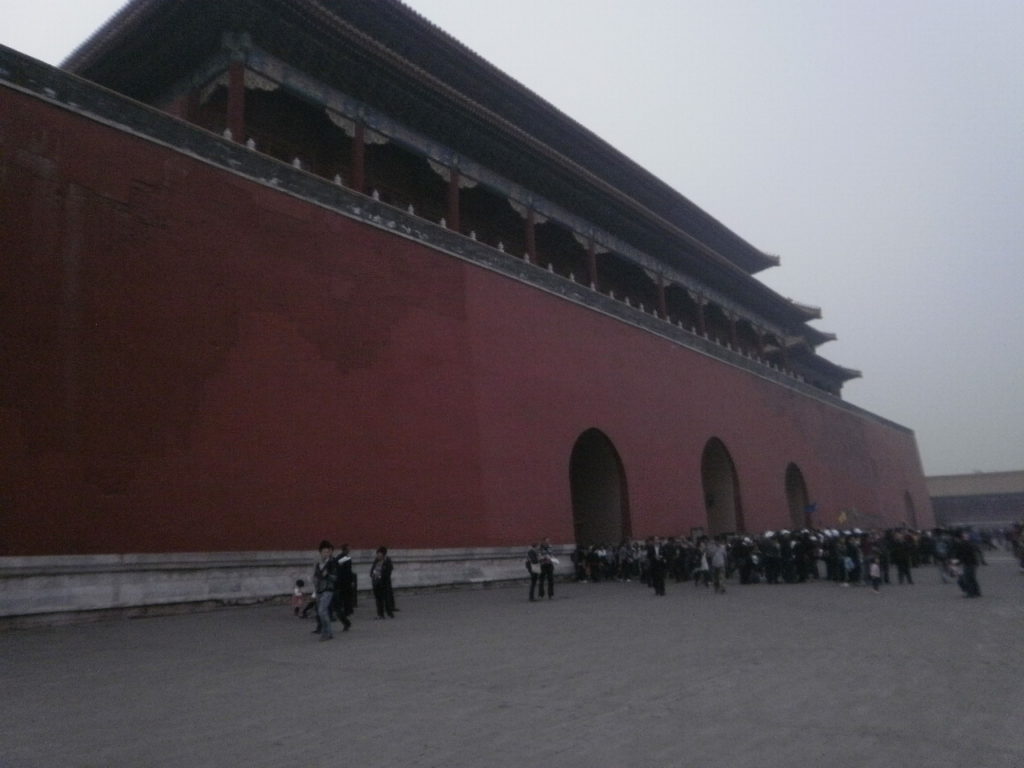
Constructed from 1406 to 1420, the complex consists of 980 buildings. The palace exemplifies traditional Chinese palatial architecture,[6] and has influenced cultural and architectural developments in East Asia and elsewhere.
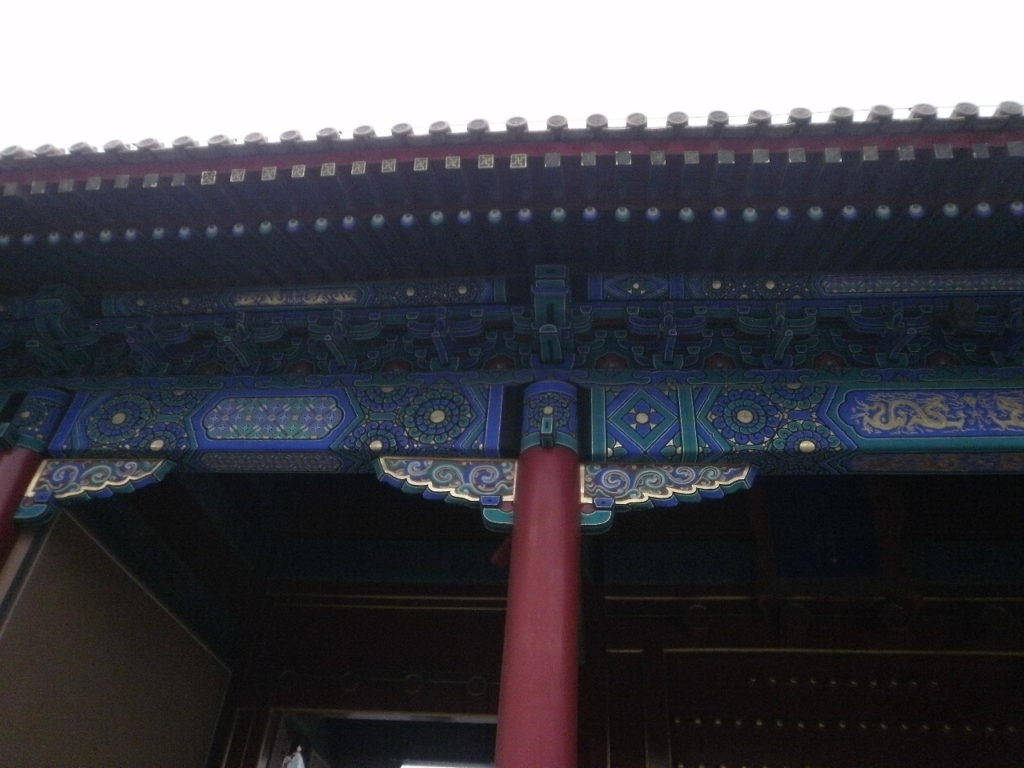
The Forbidden City was declared a World Heritage Site in 1987,[6] and is listed by UNESCO as the largest collection of preserved ancient wooden structures in the world.
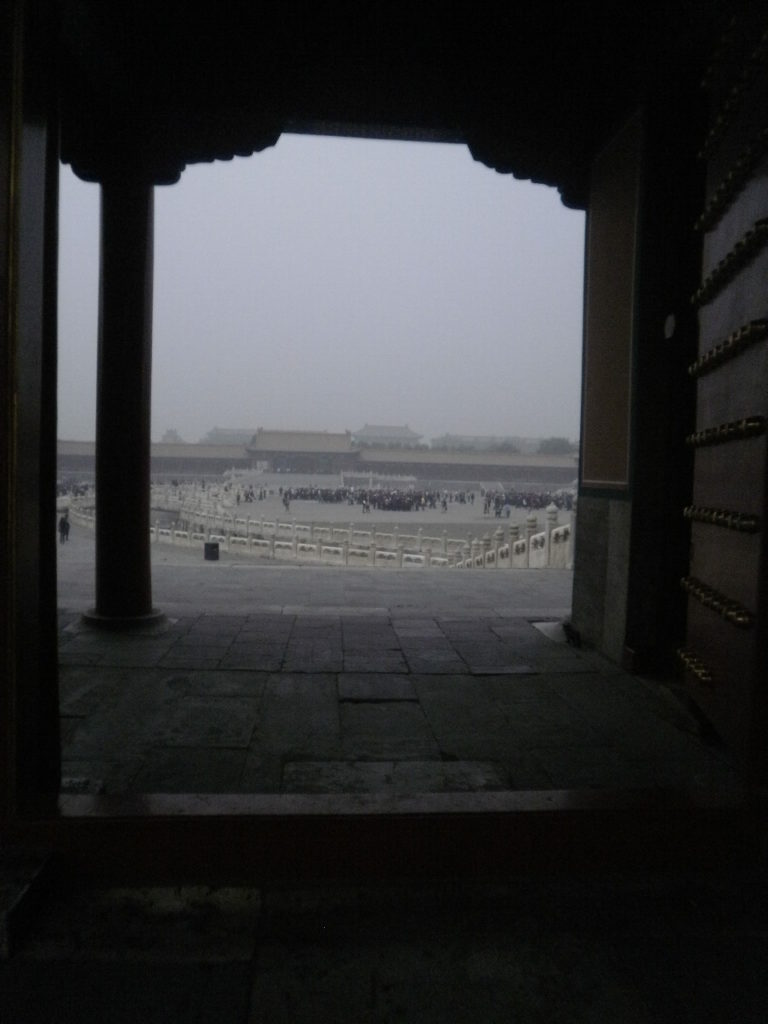
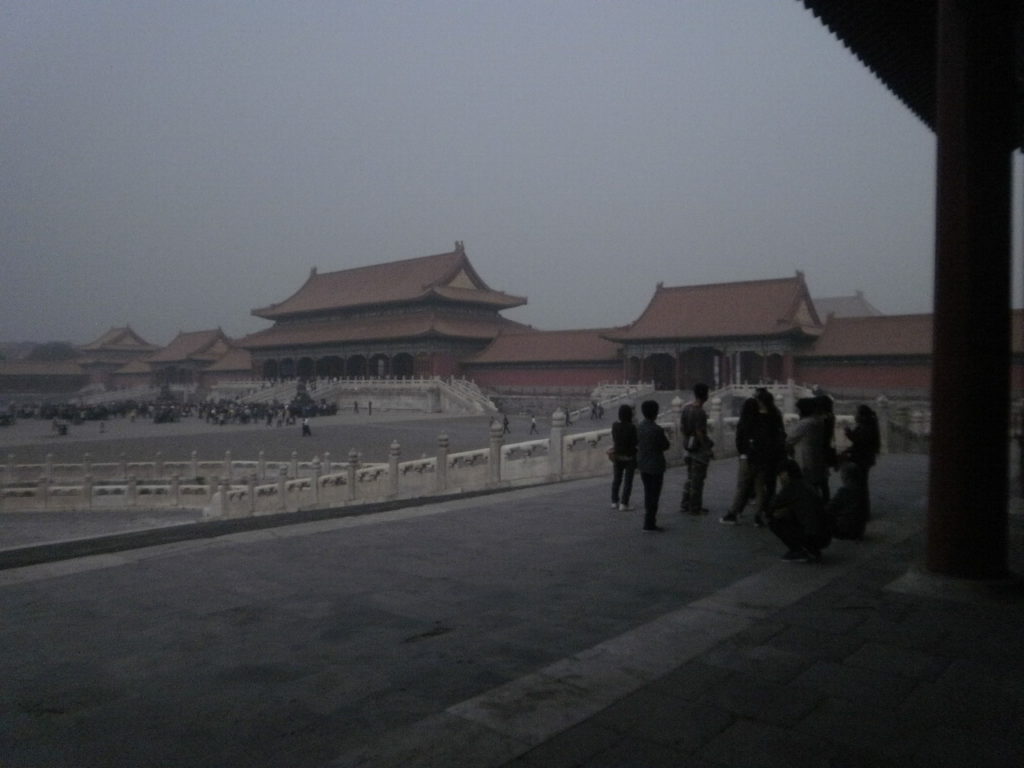
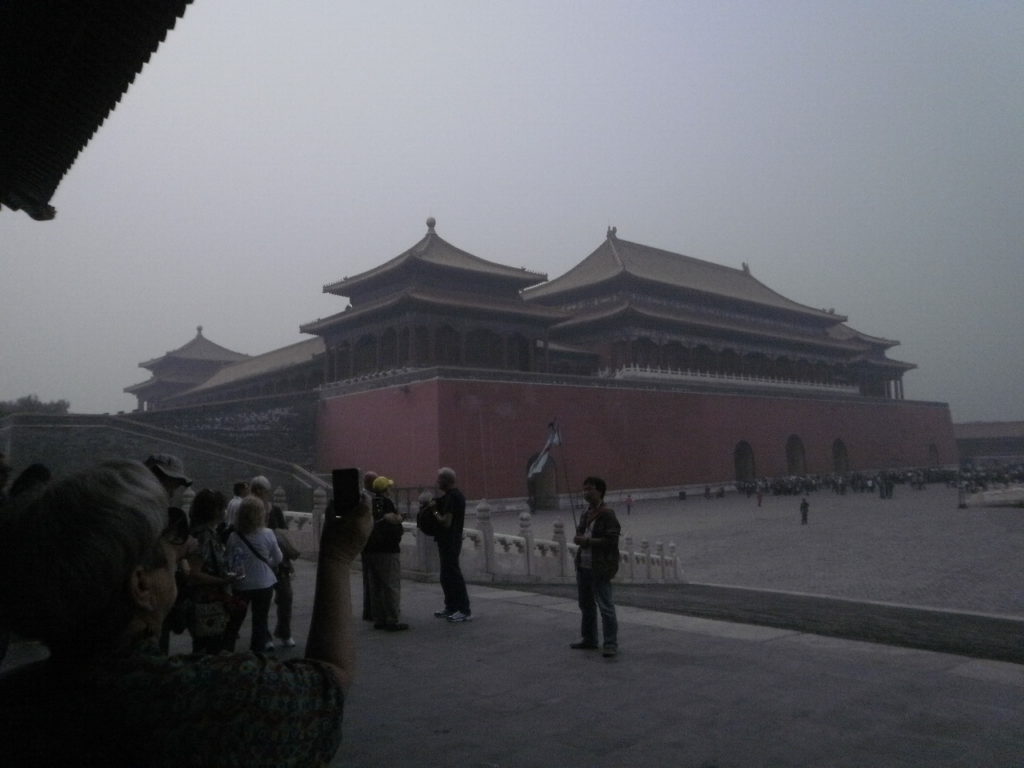
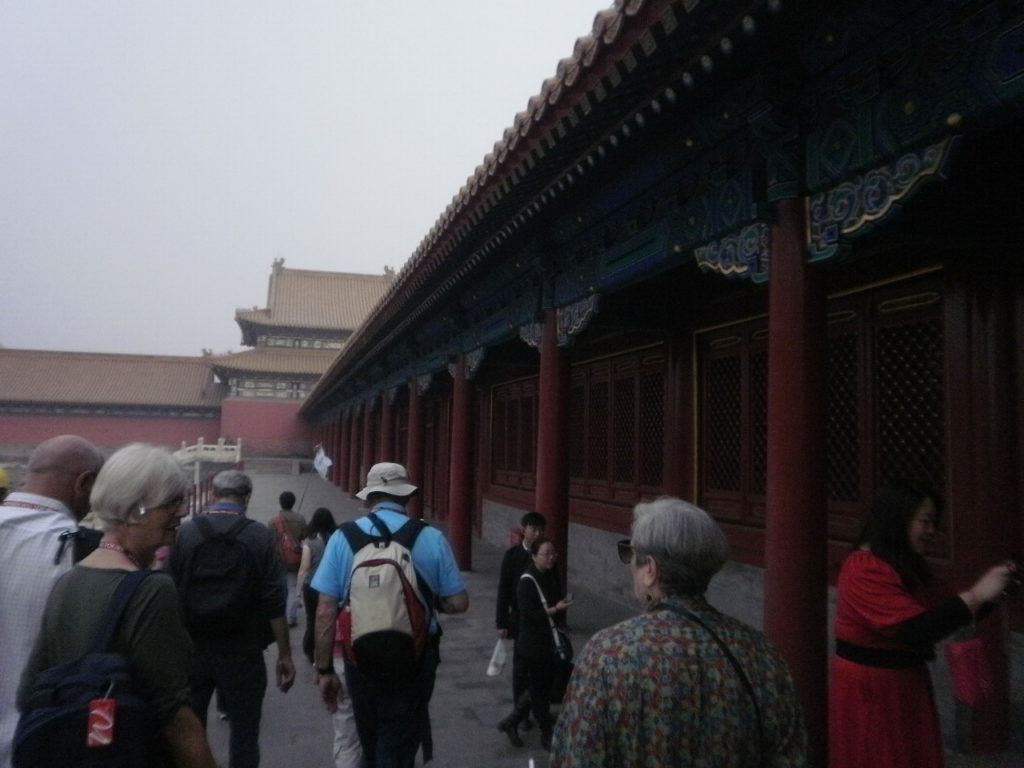
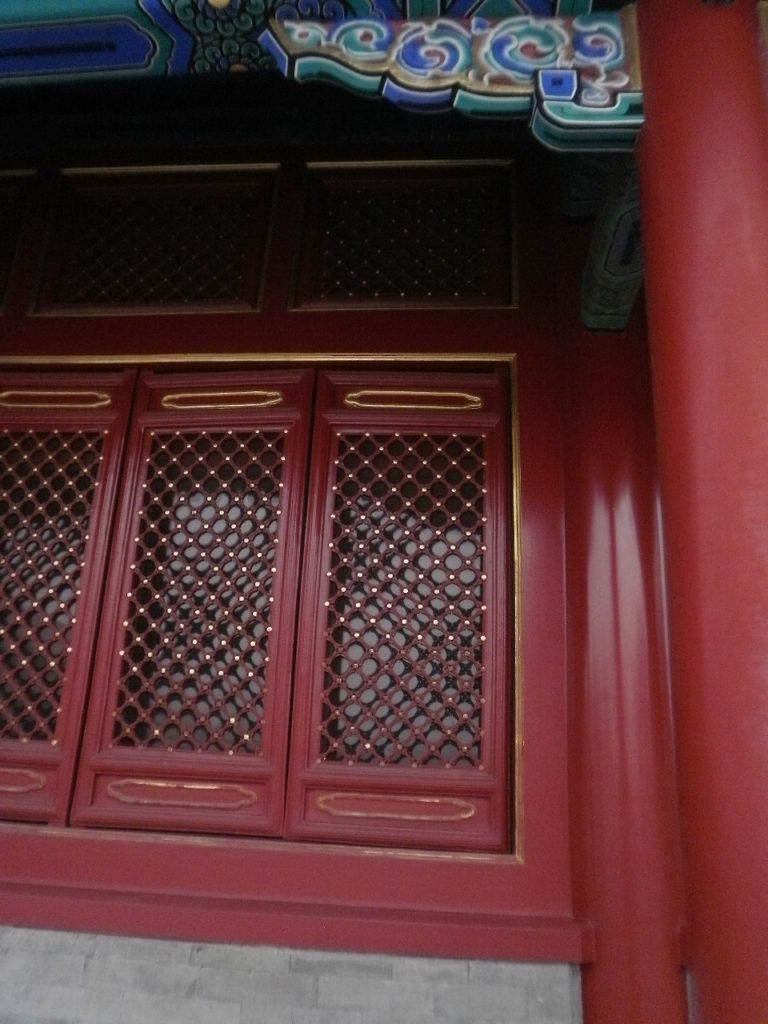
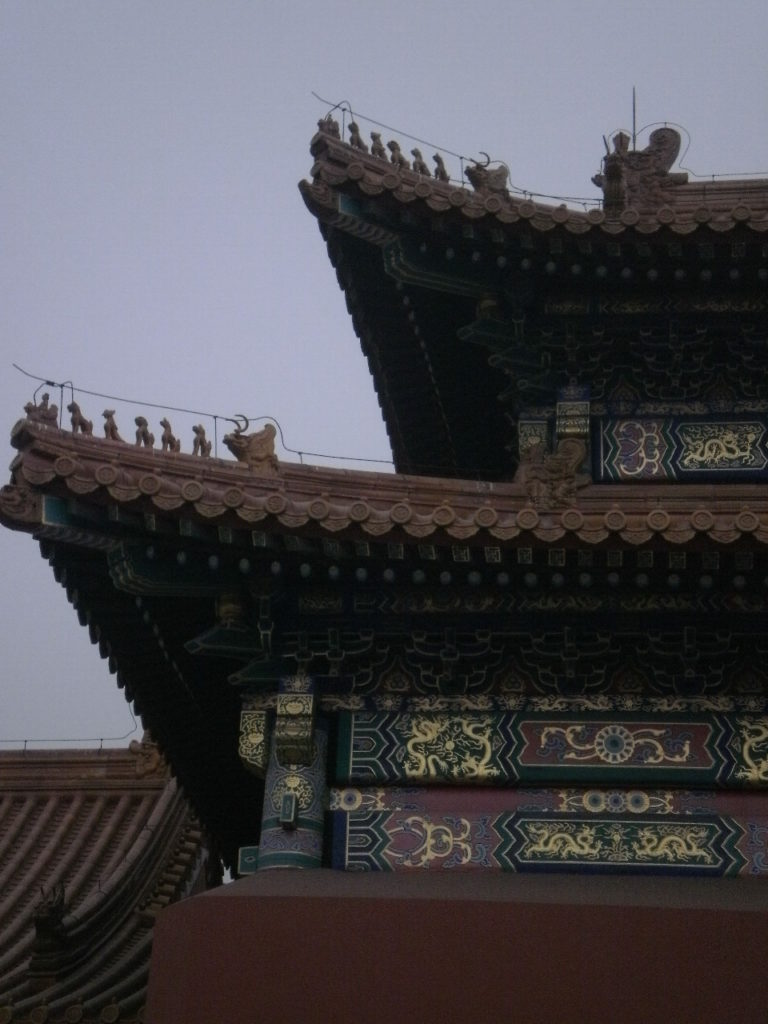
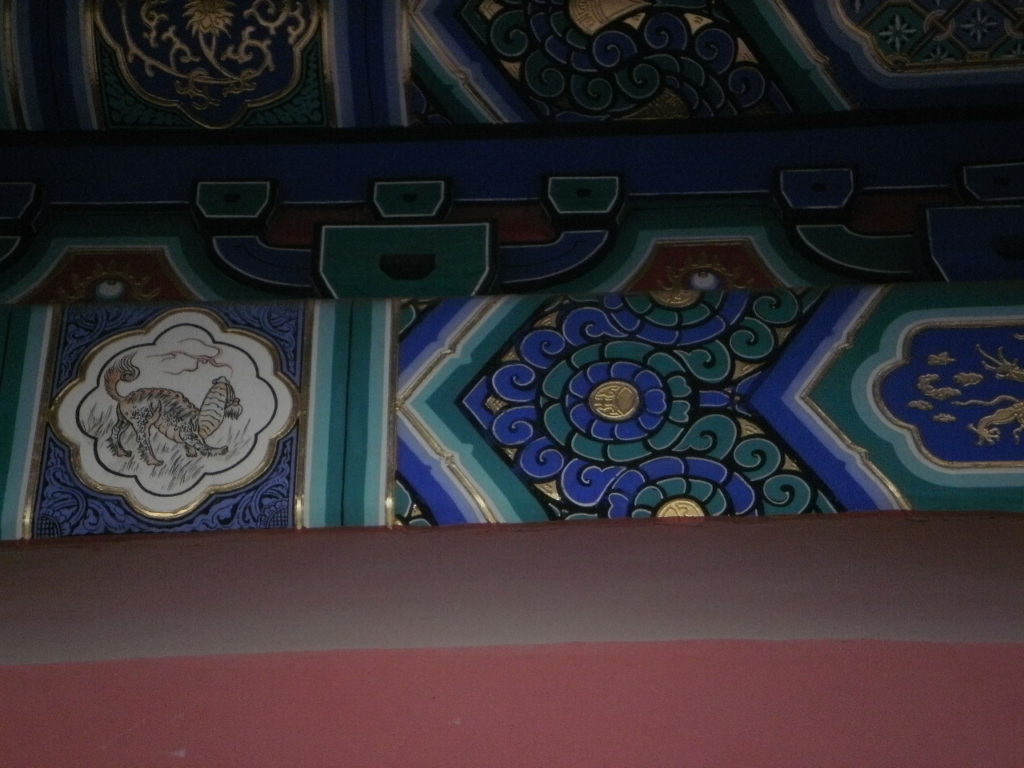
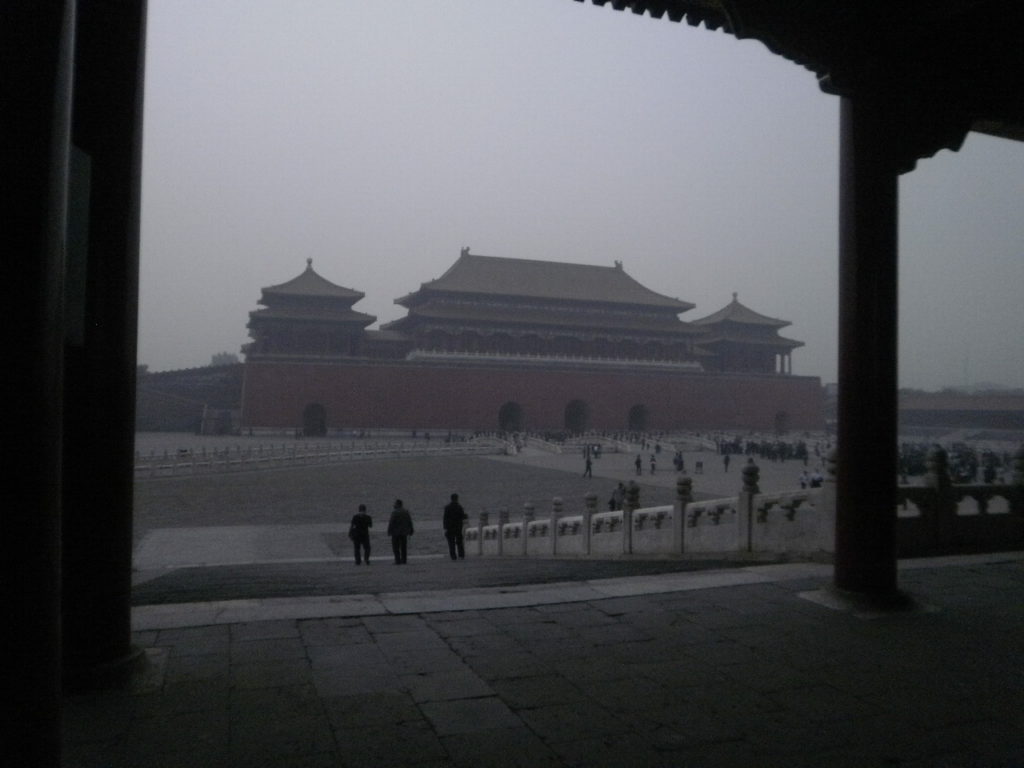
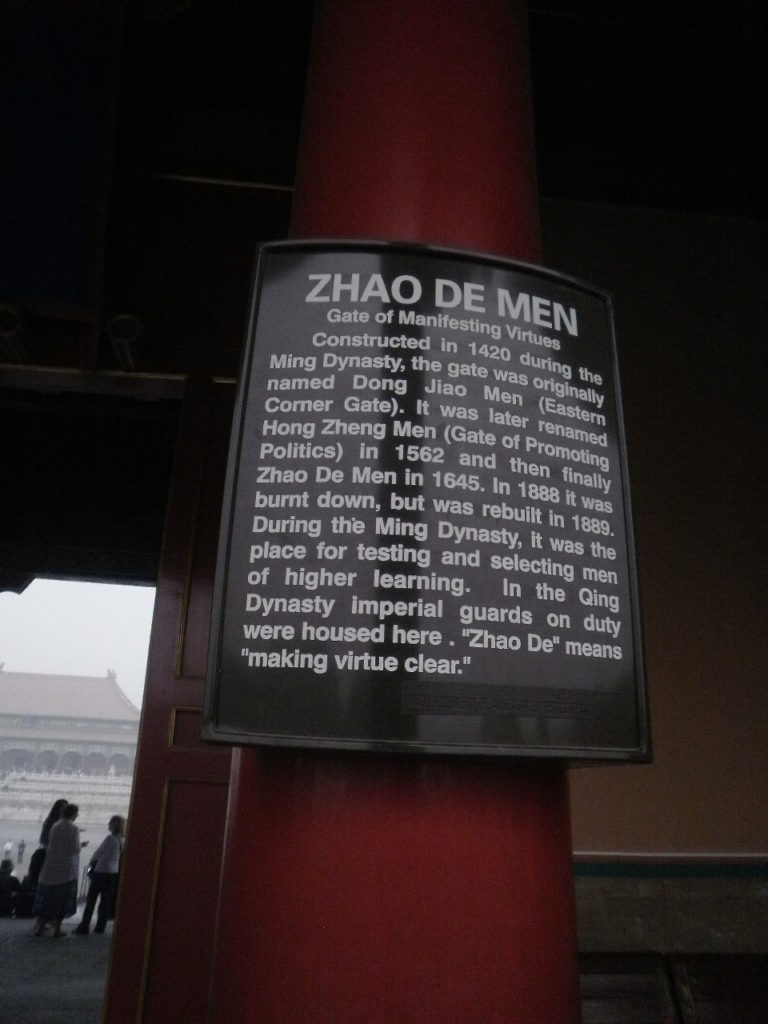
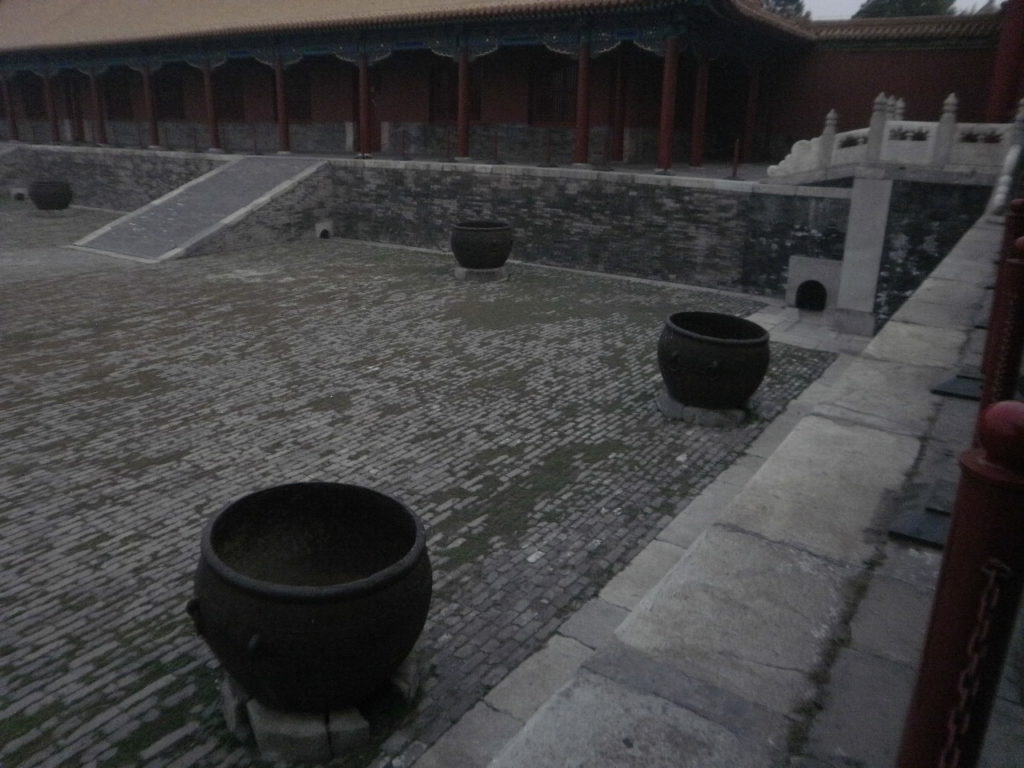
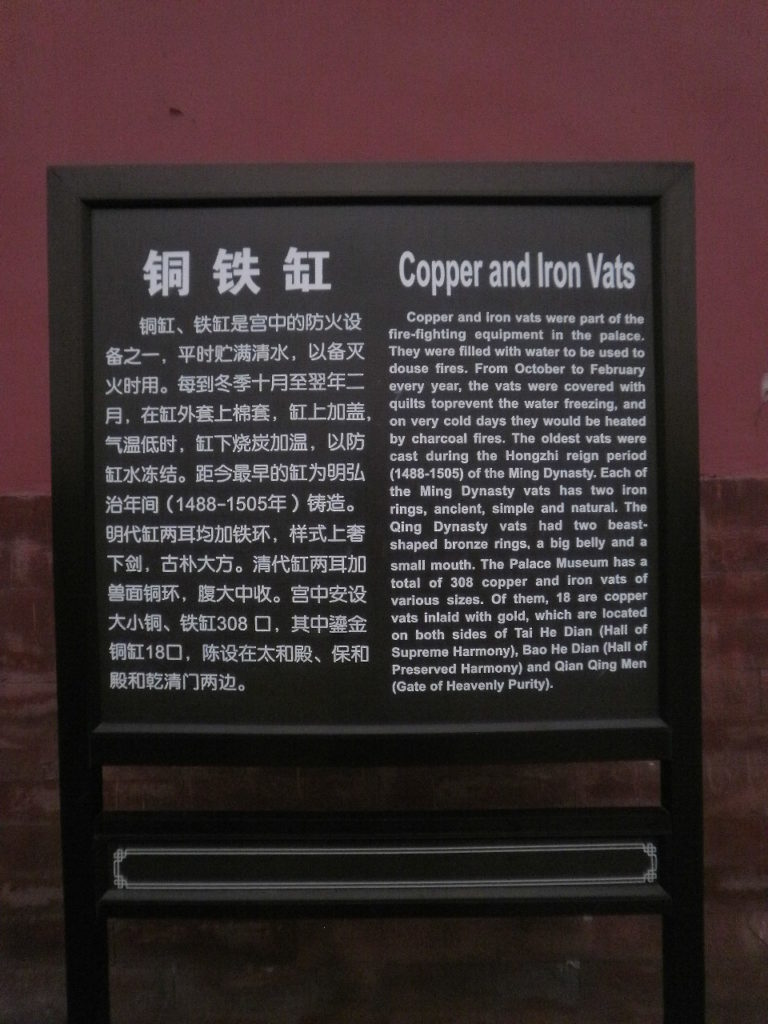
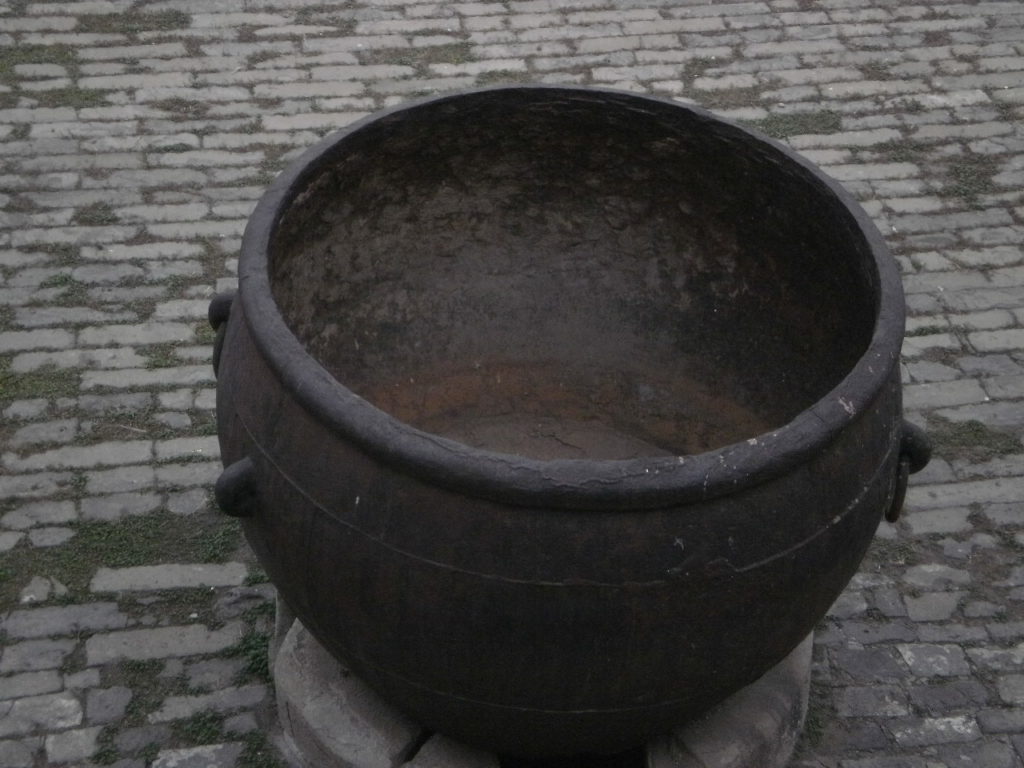
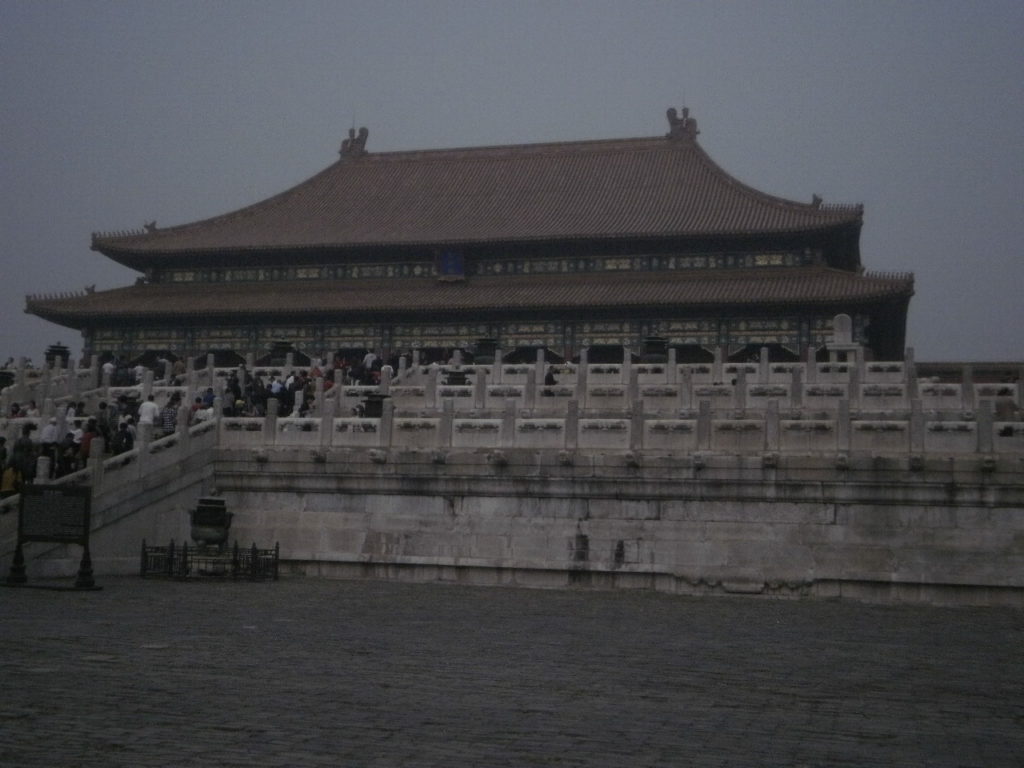
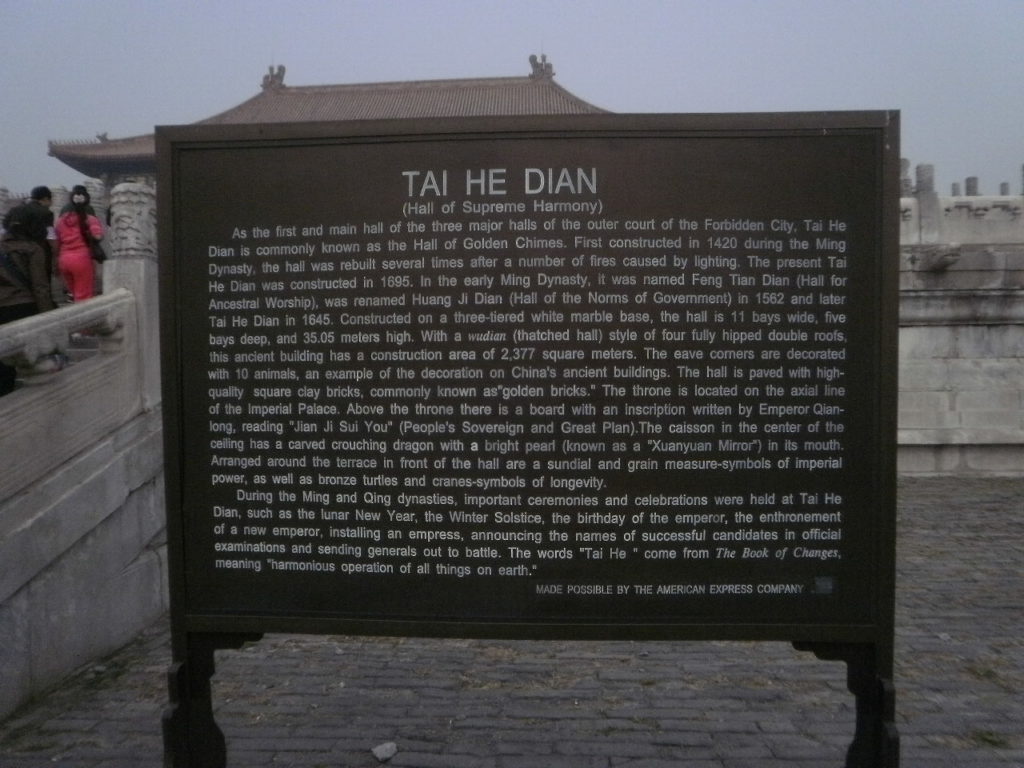
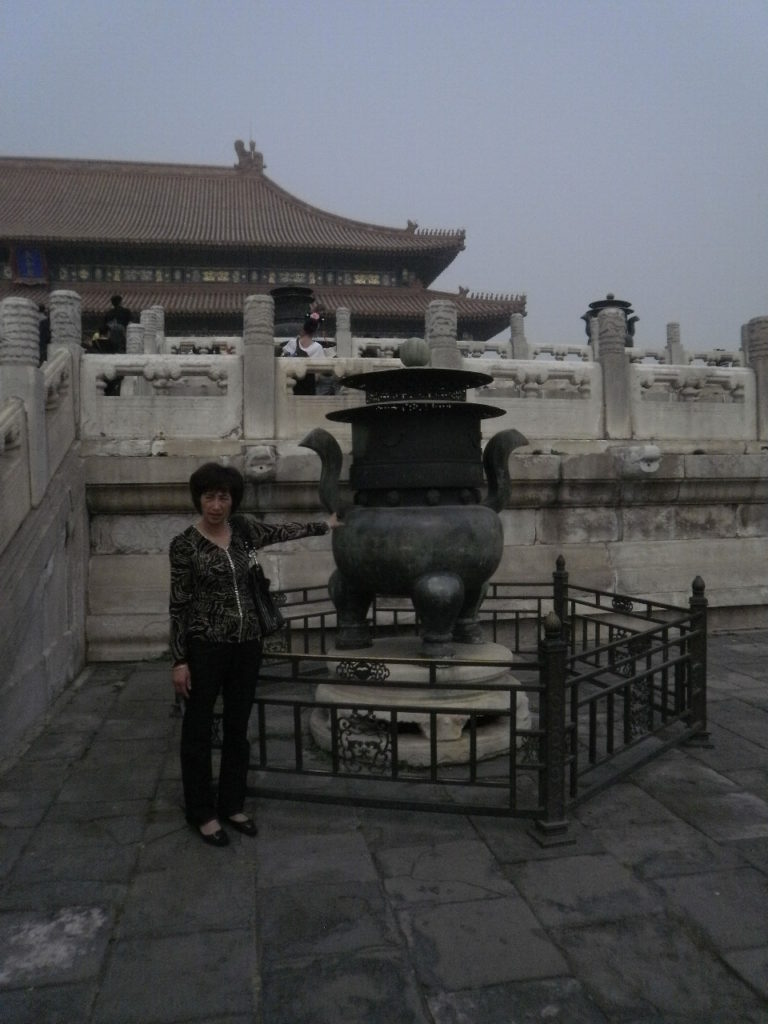
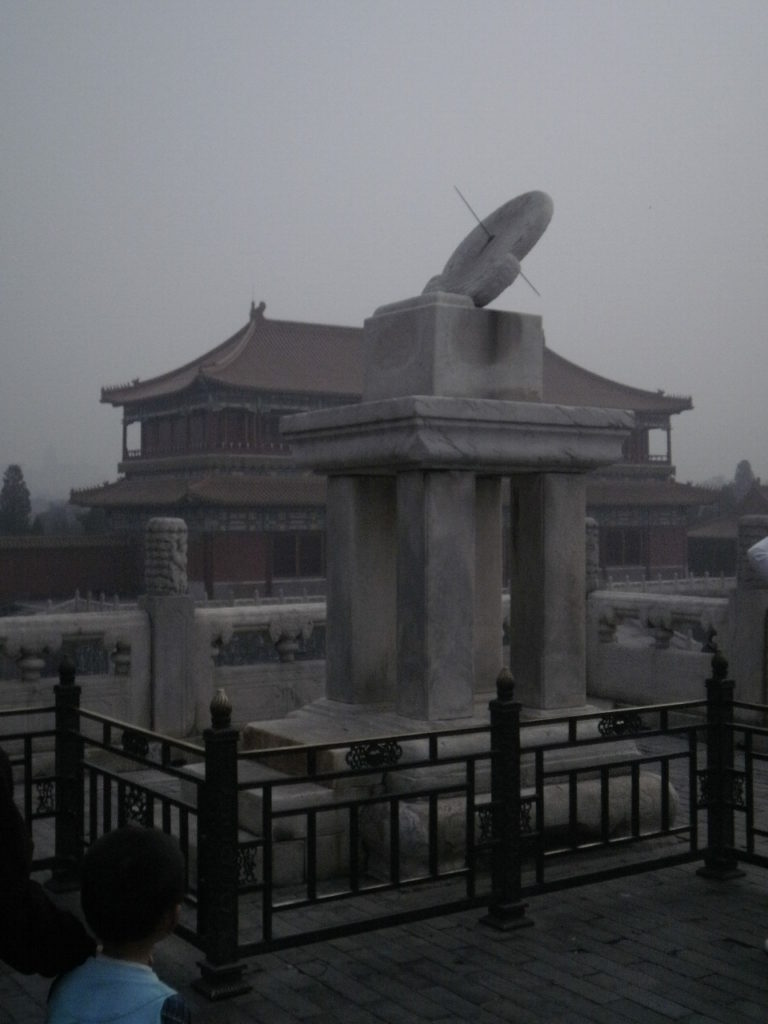
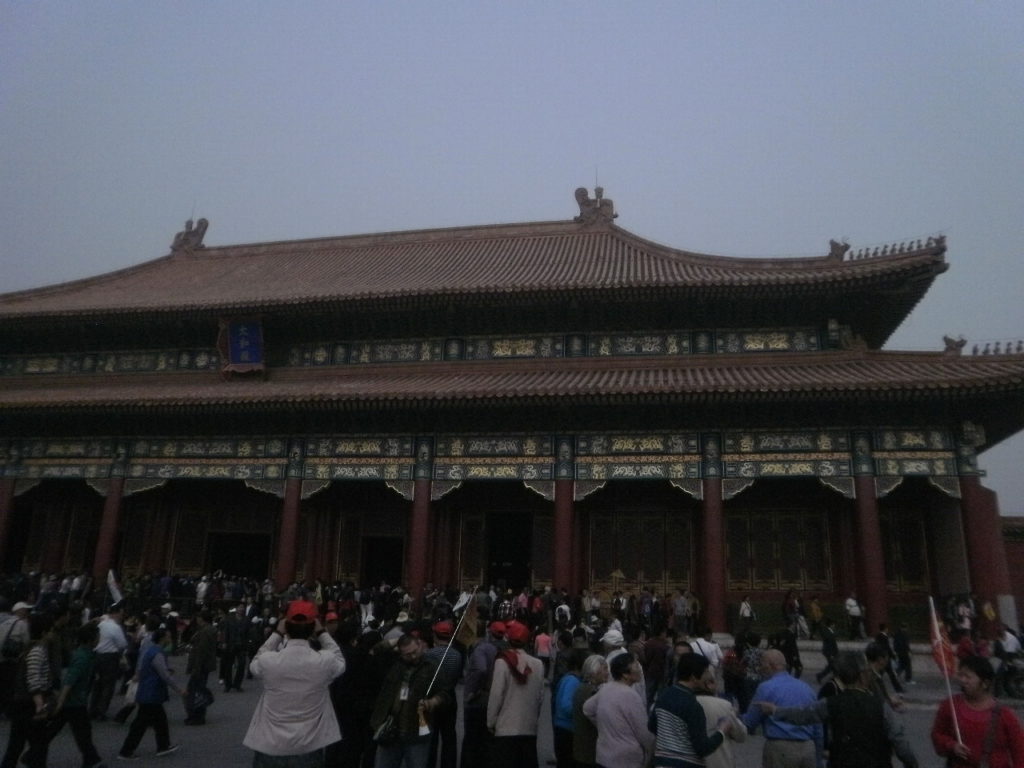
Since 2012, the Forbidden City has seen an average of 15 million visitors annually, and received more than 16 million visitors in 2016 and 2017.
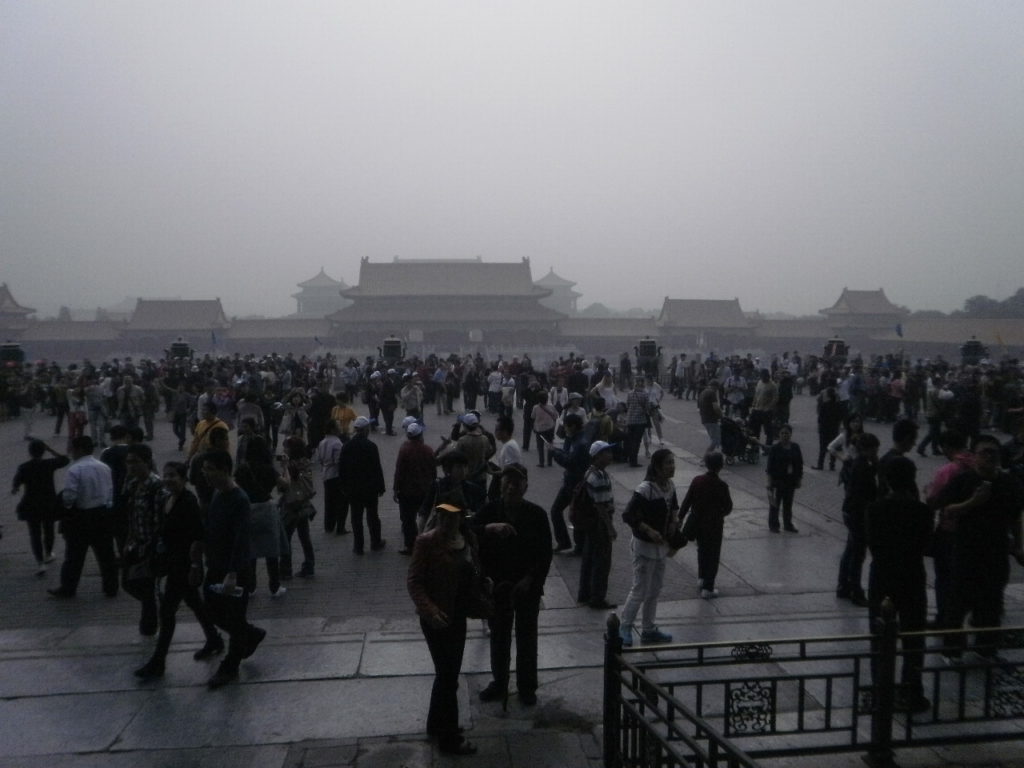
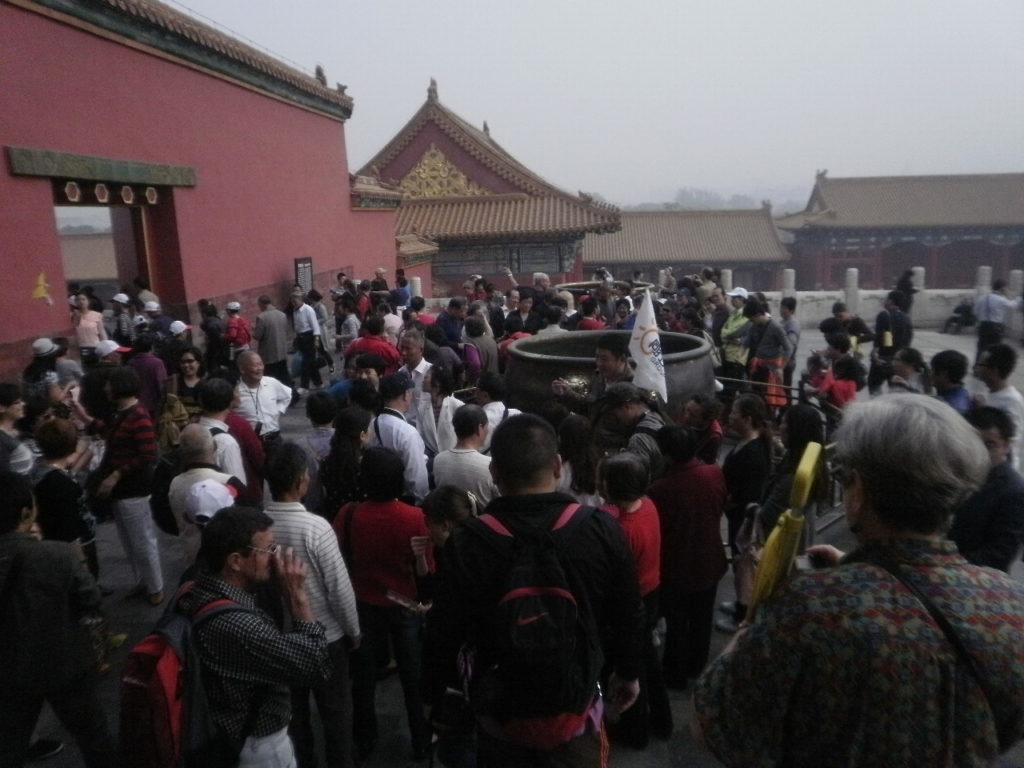
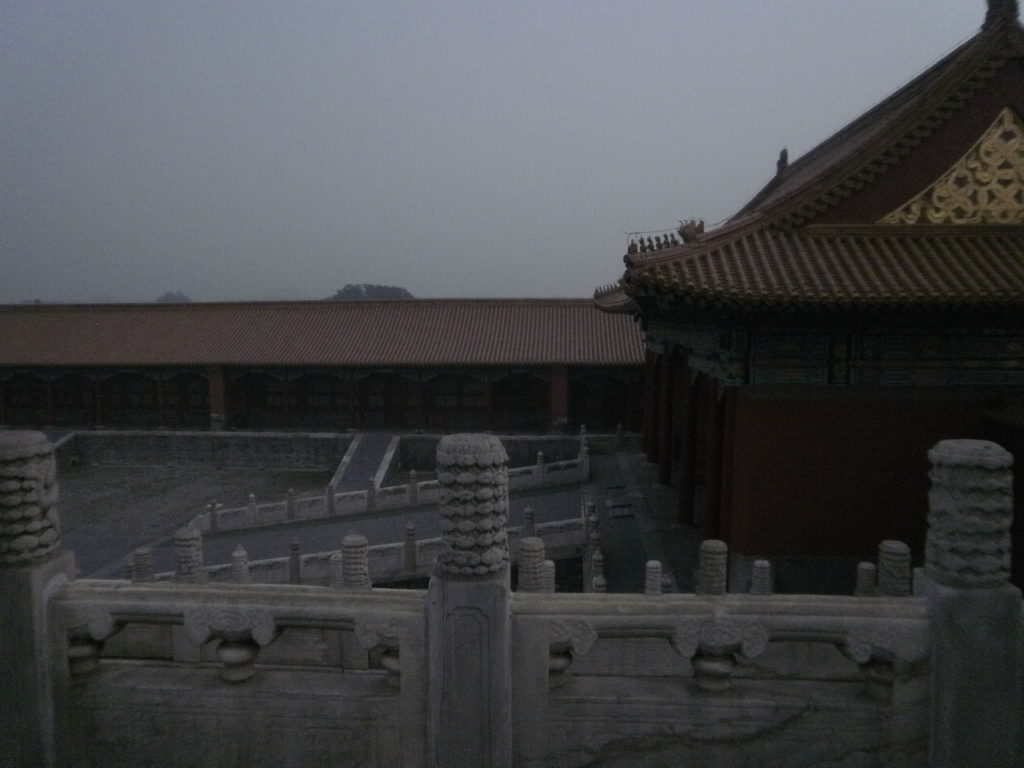
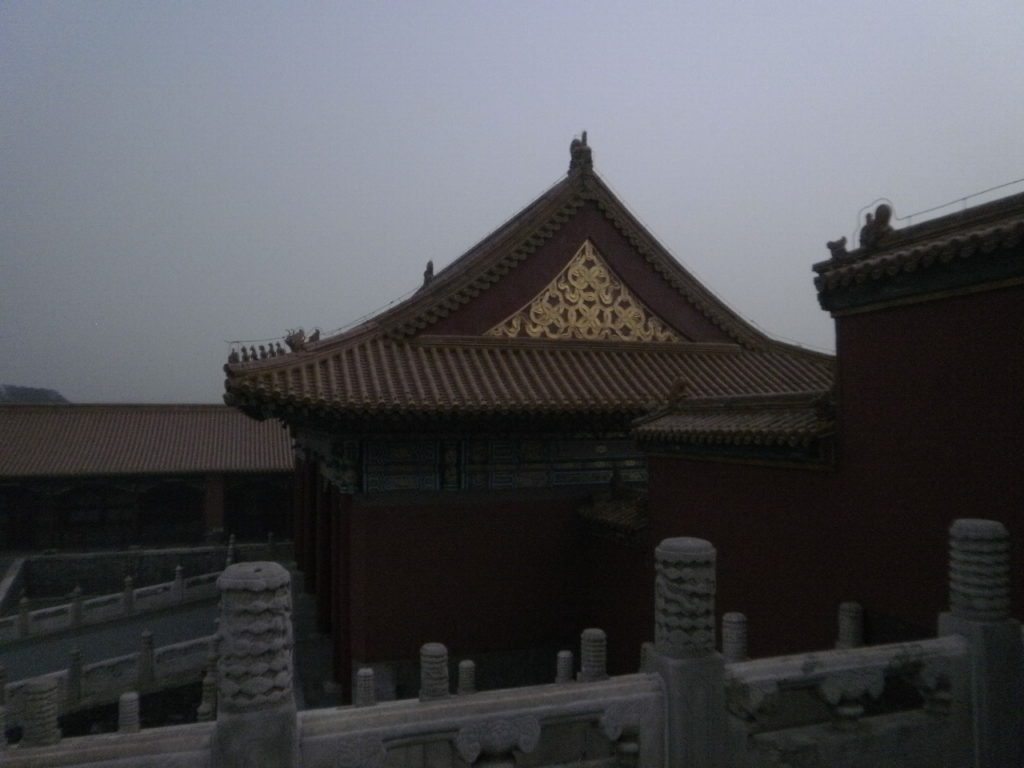
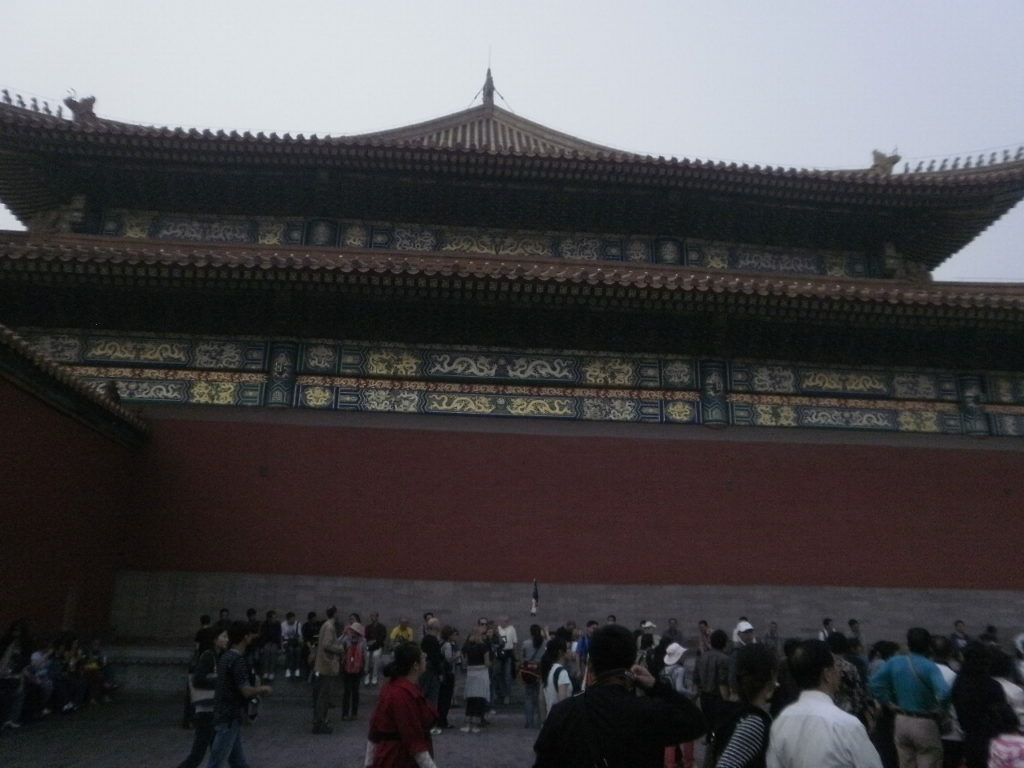
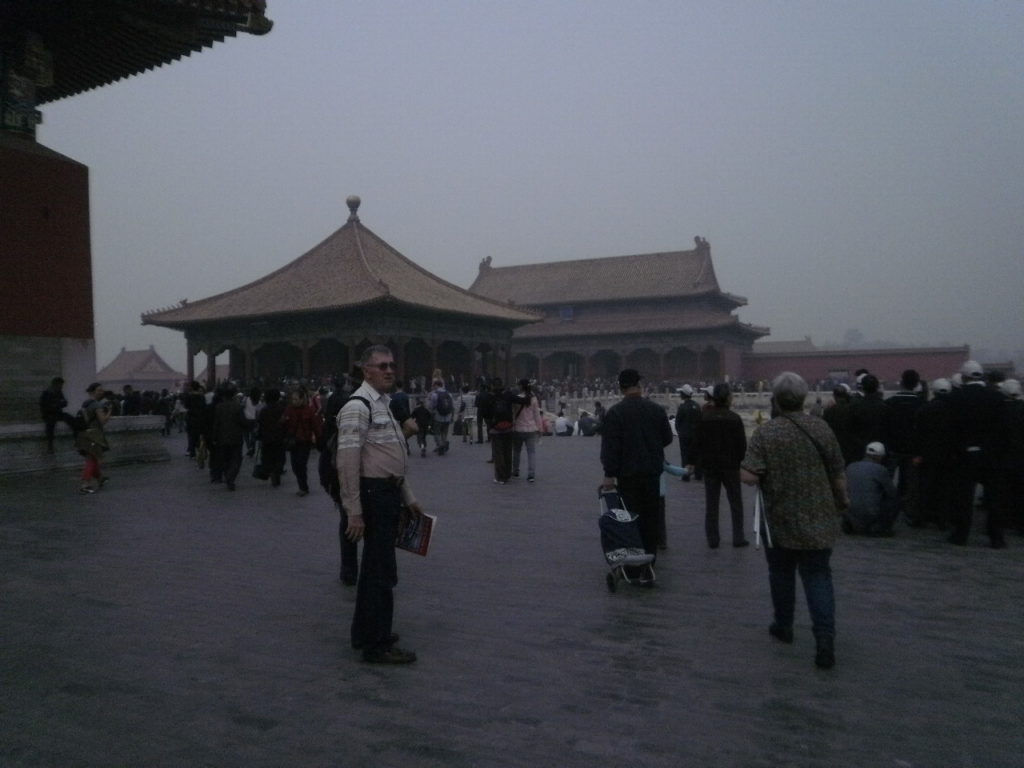
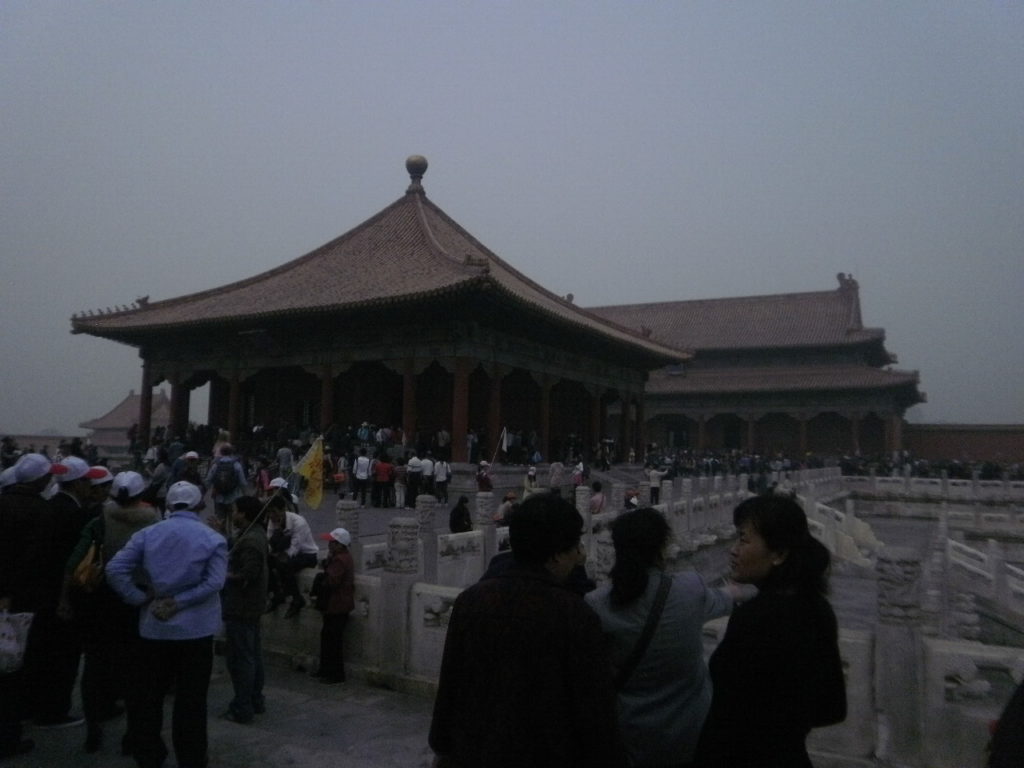
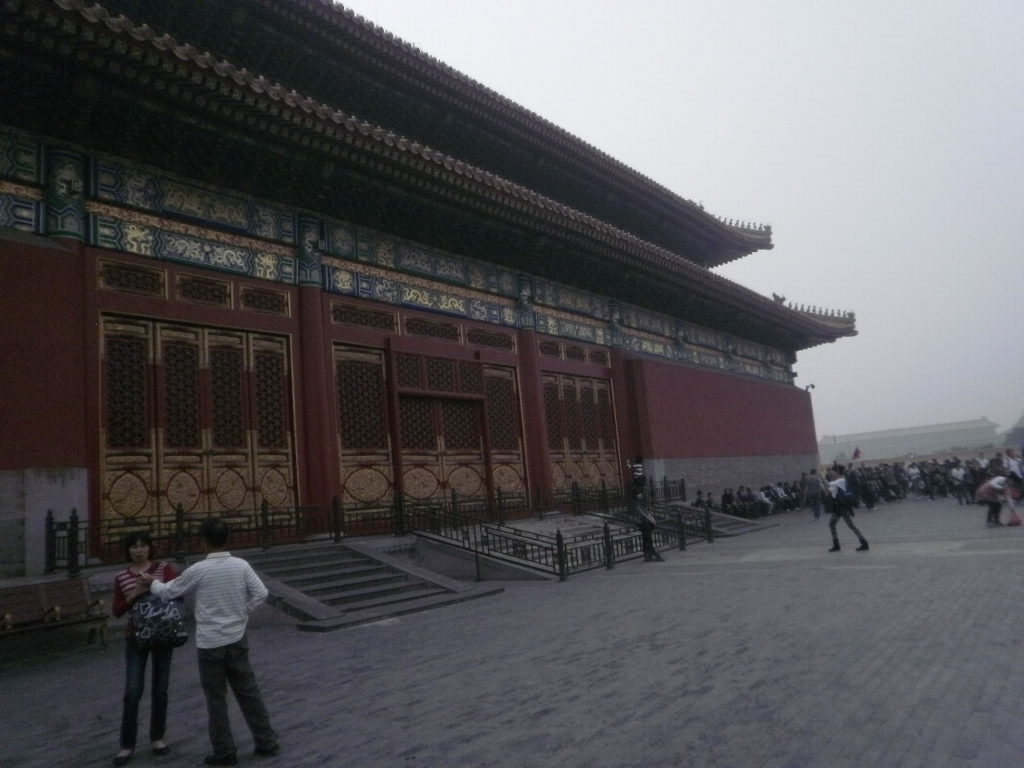
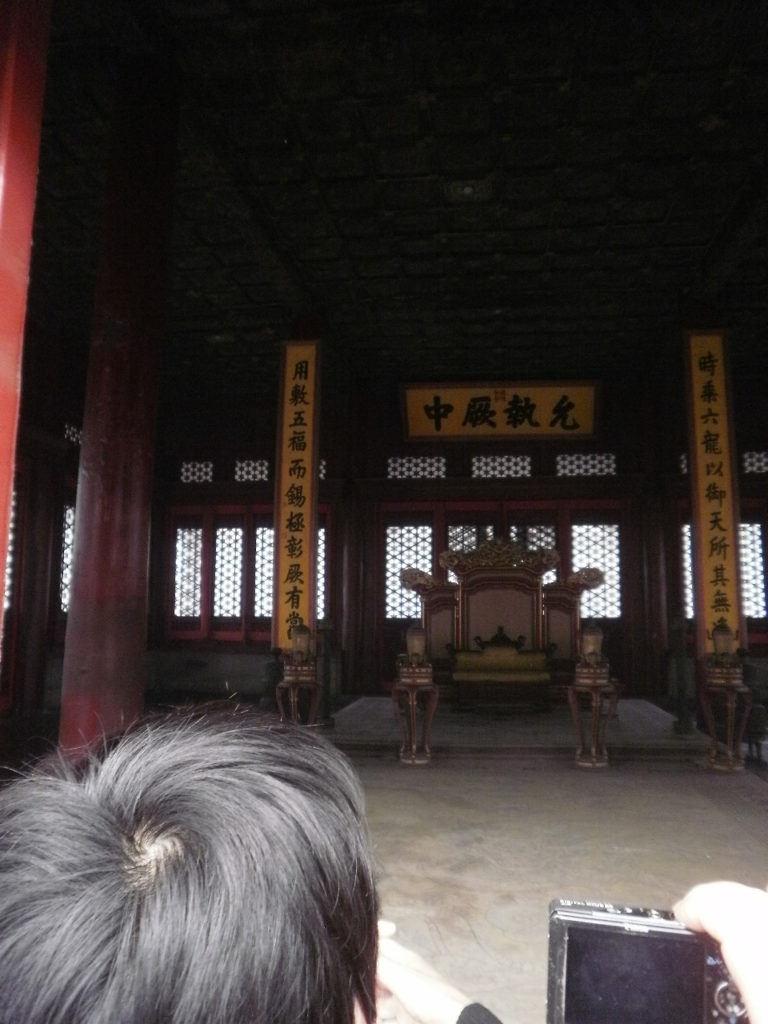
The throne in the Palace of Heavenly Purity
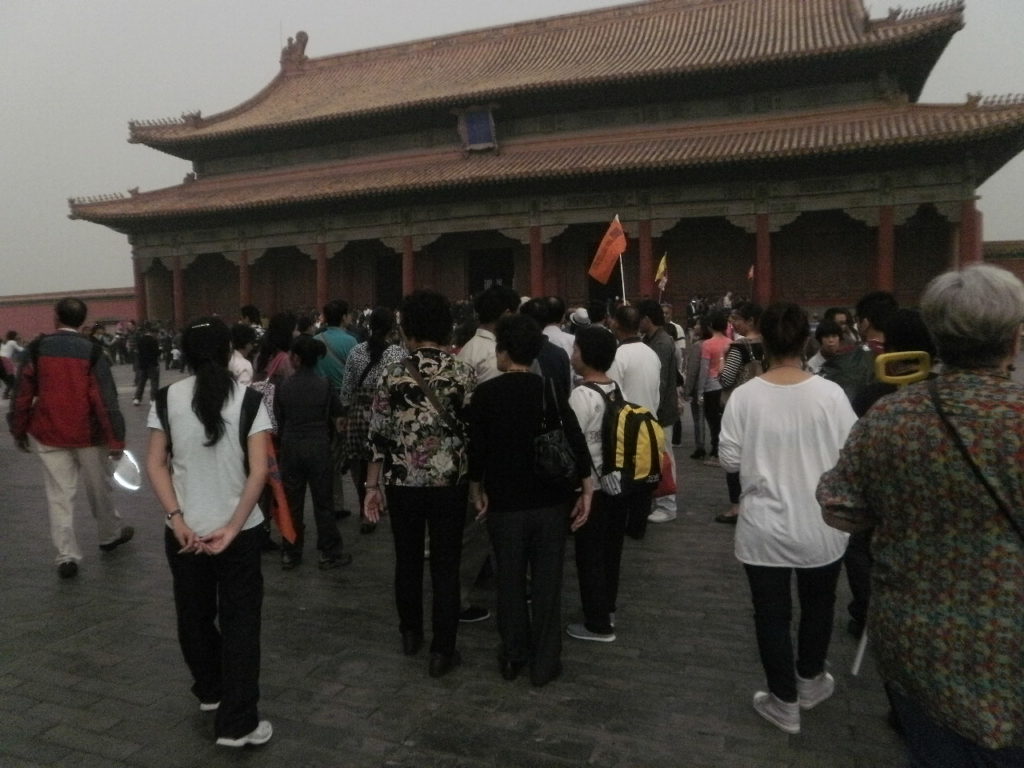
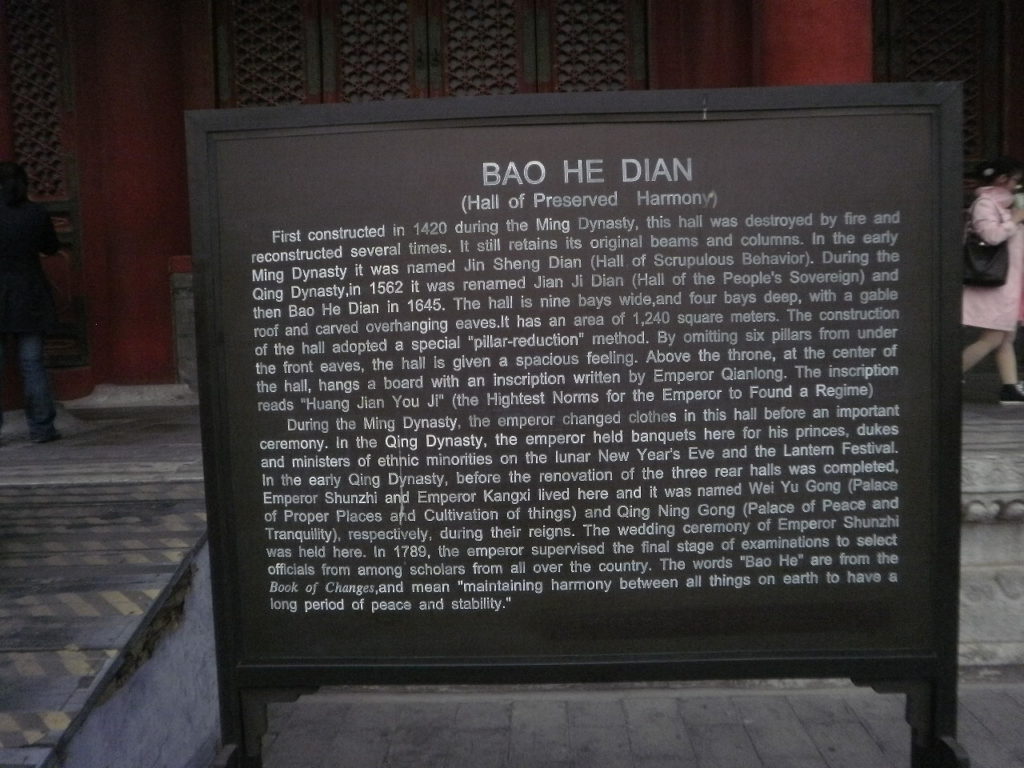
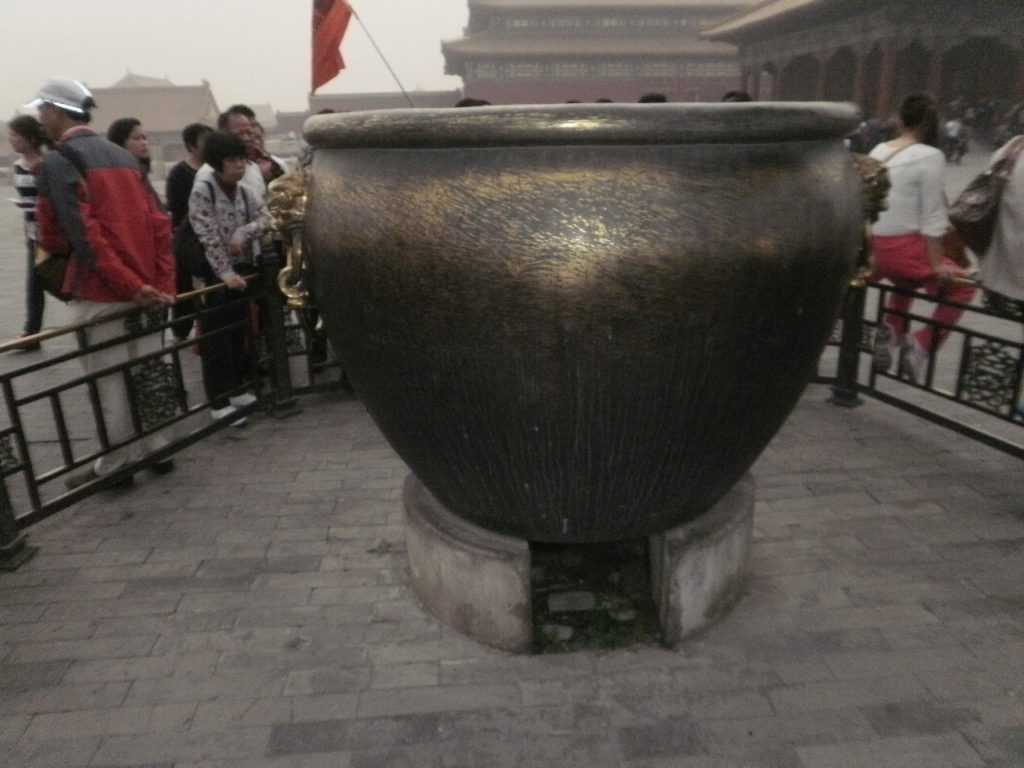
A symbolic cistern in front of the Hall of Supreme Harmony.
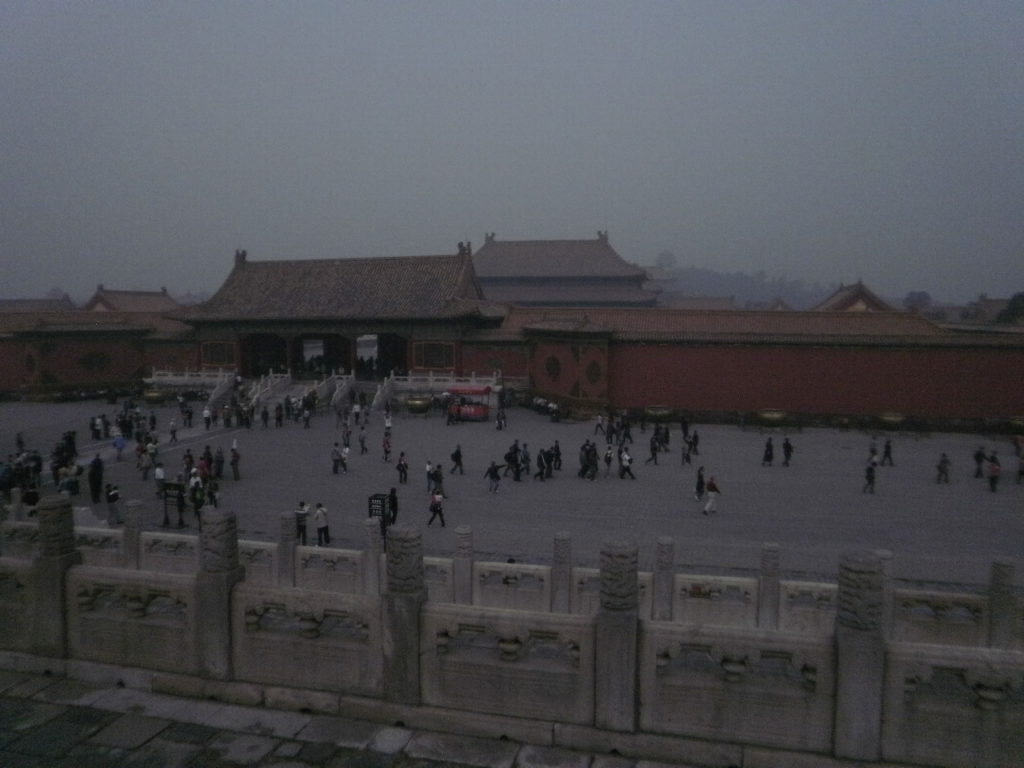
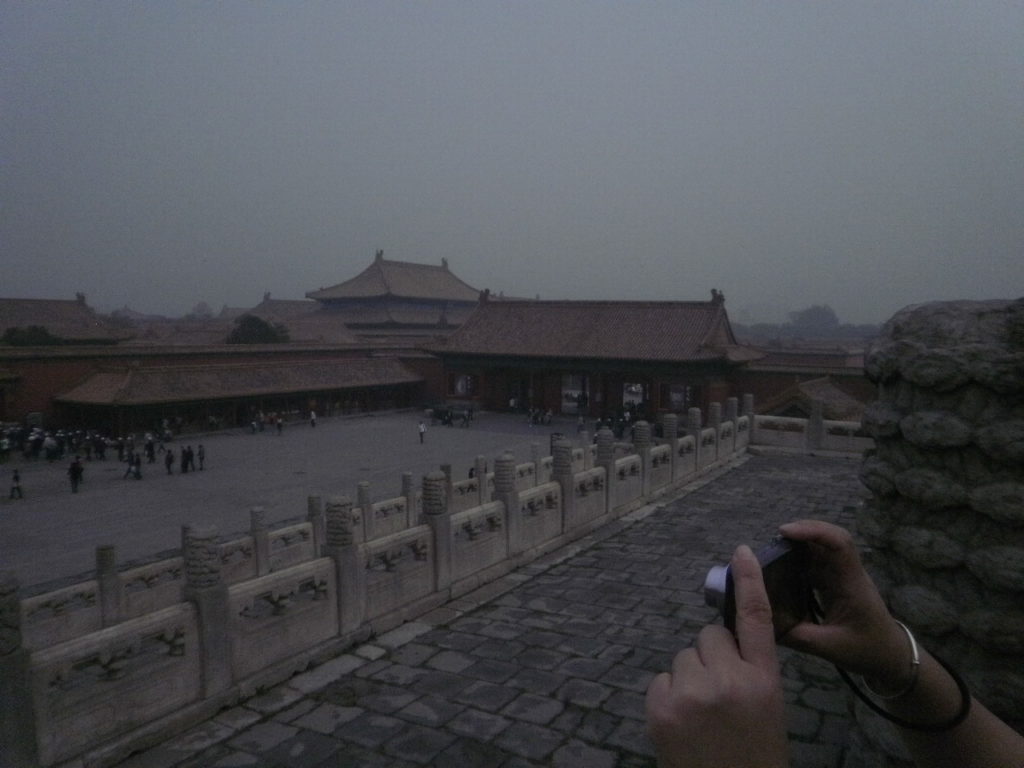
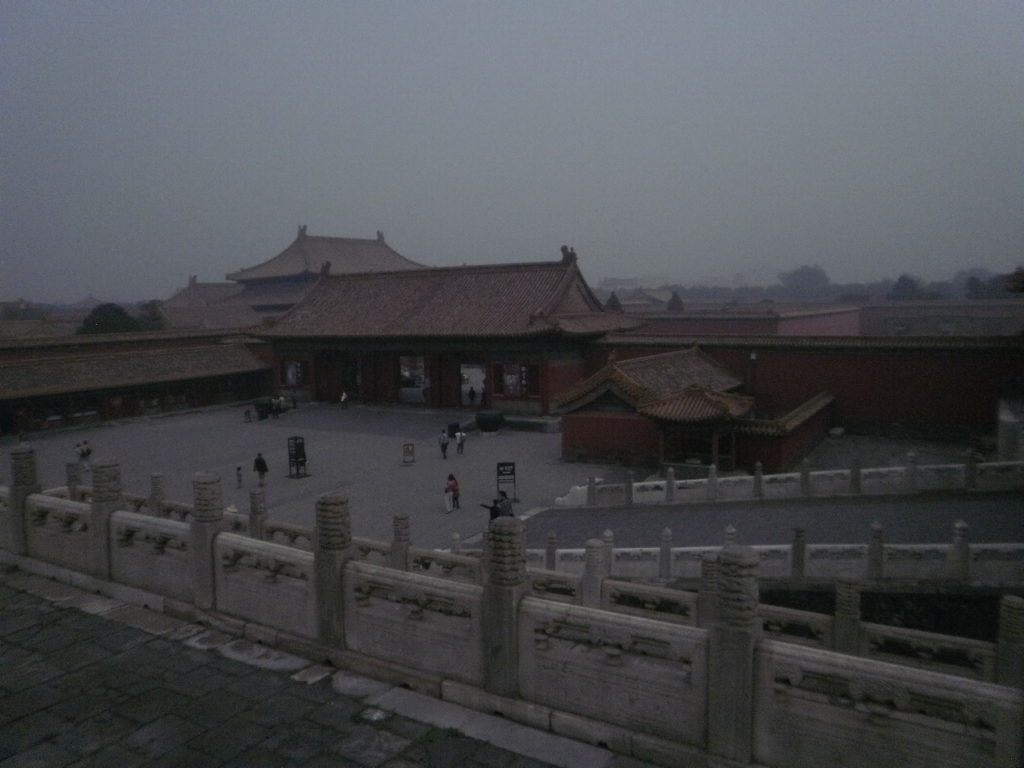
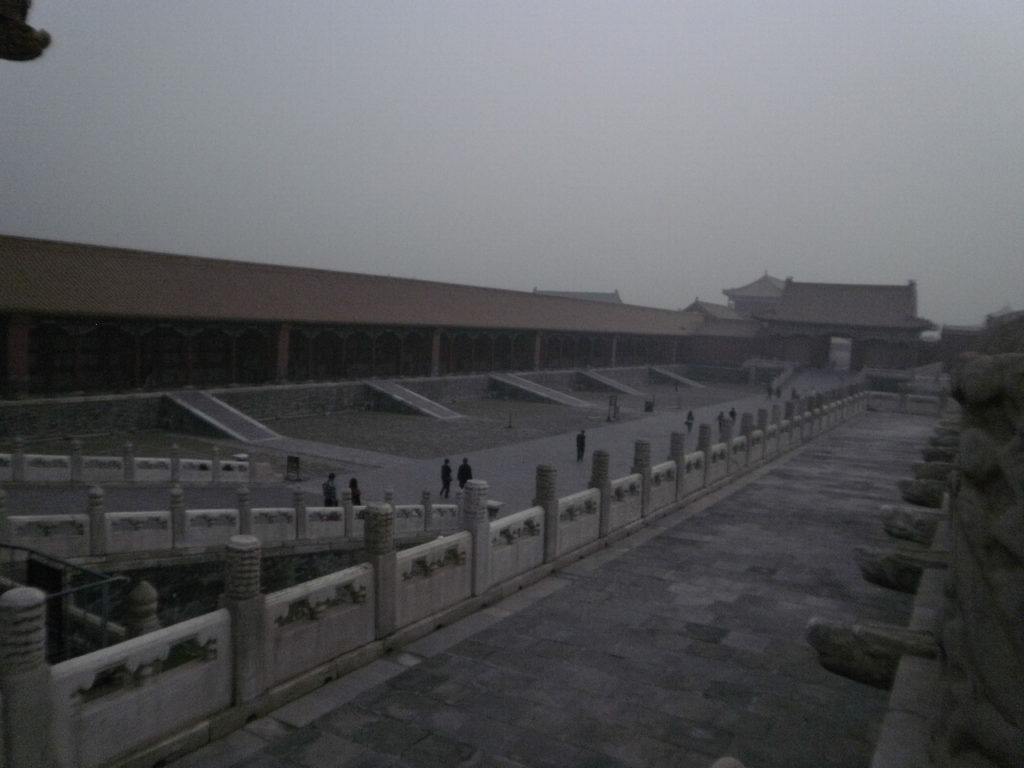
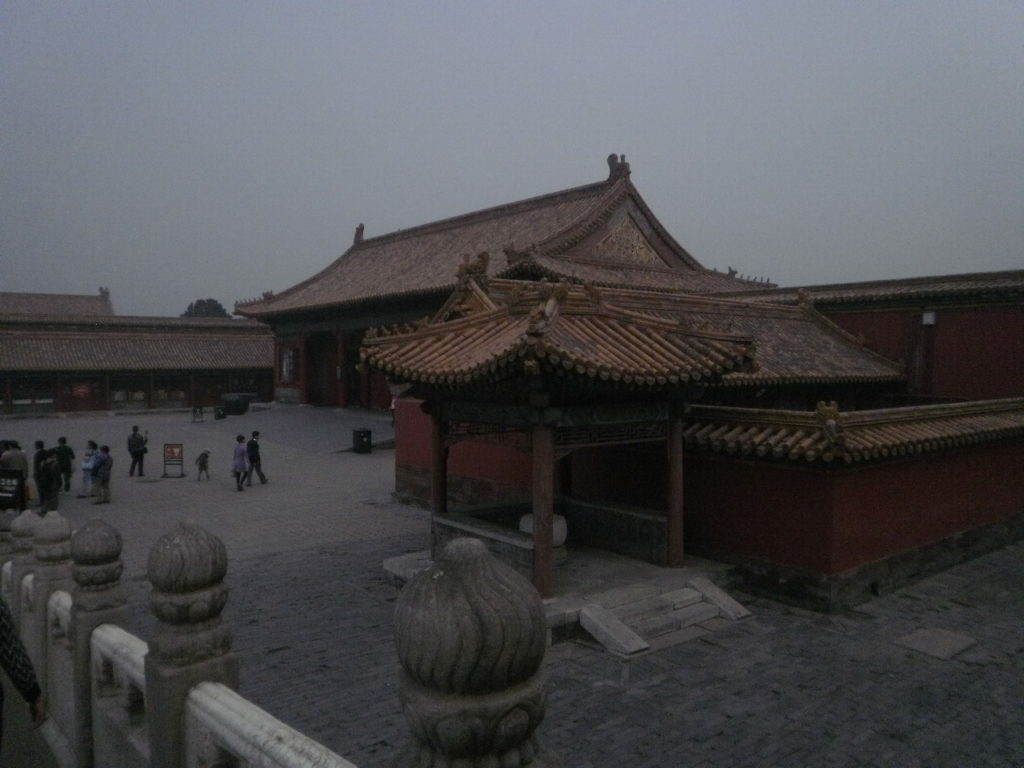
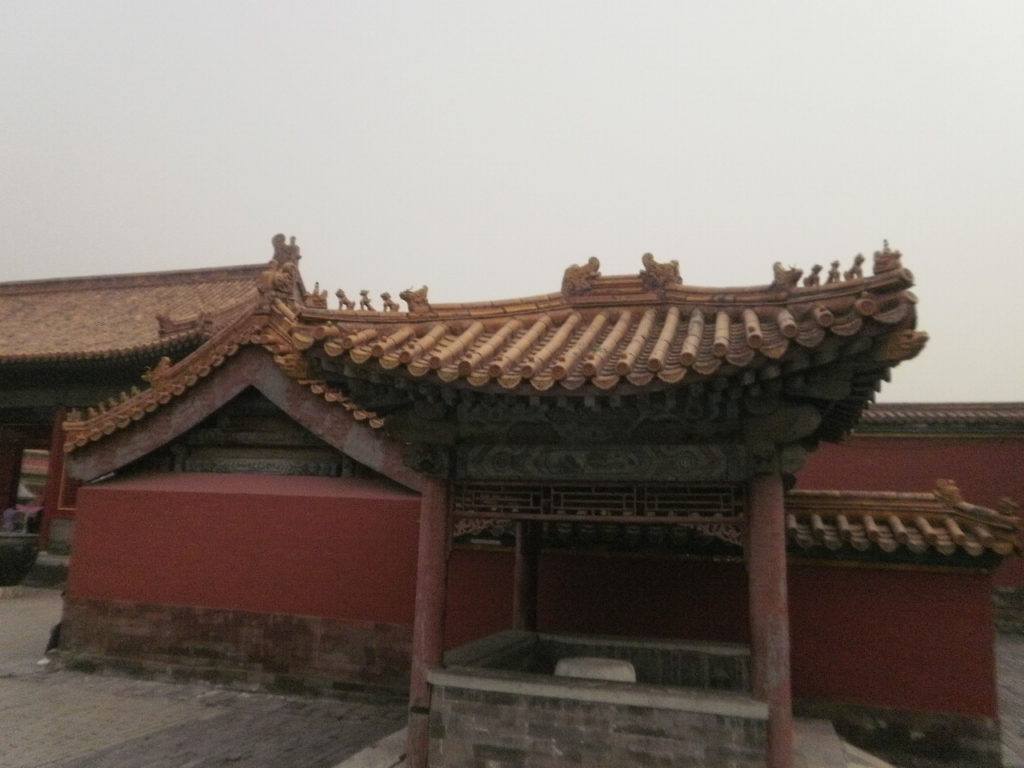
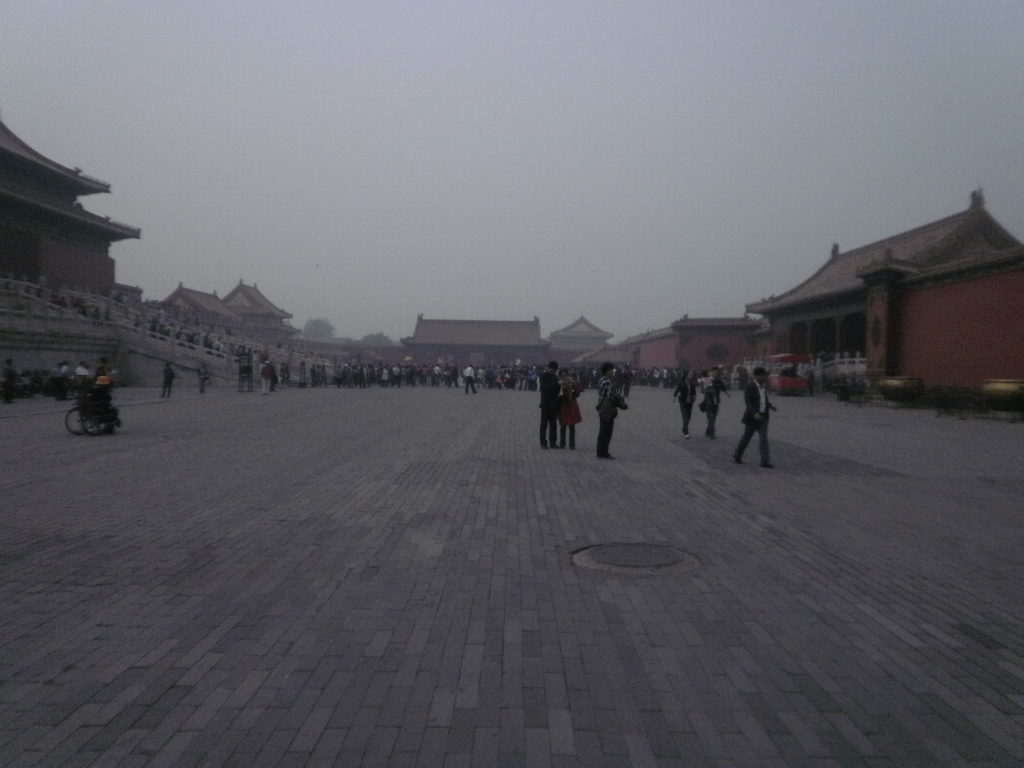
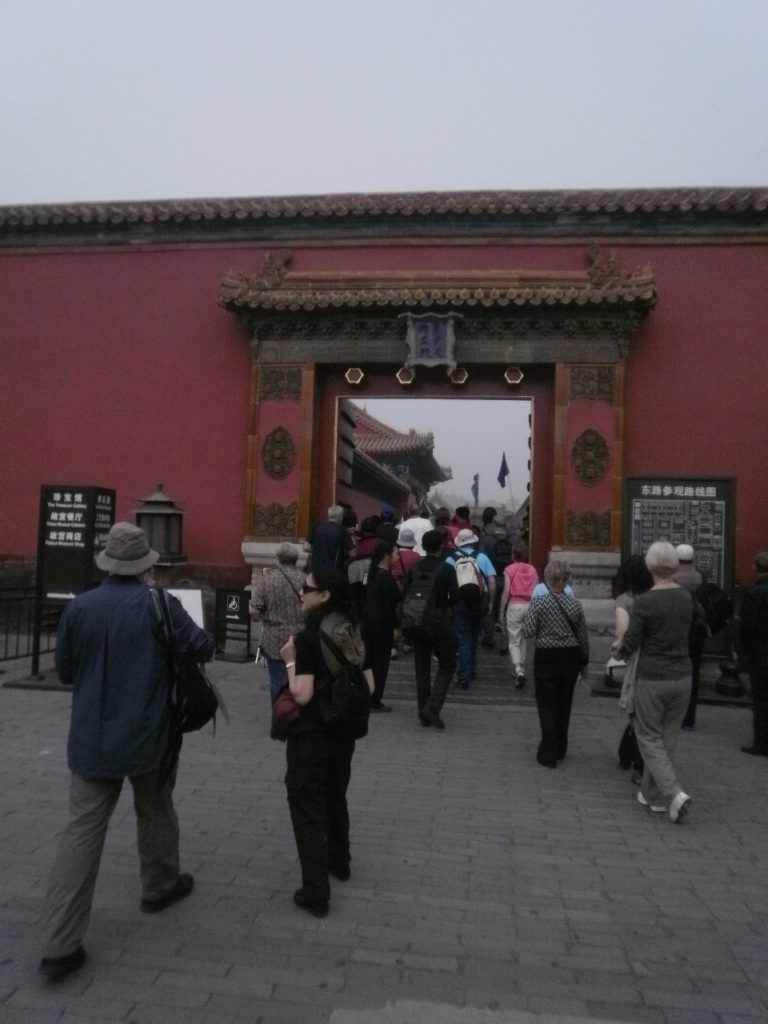
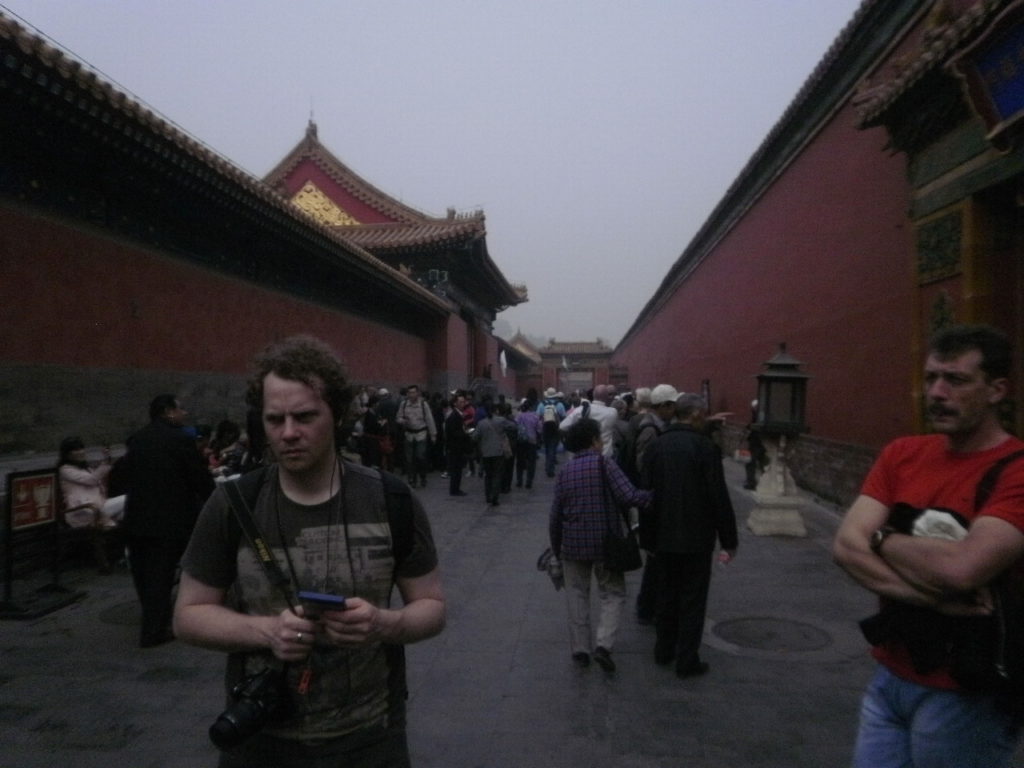
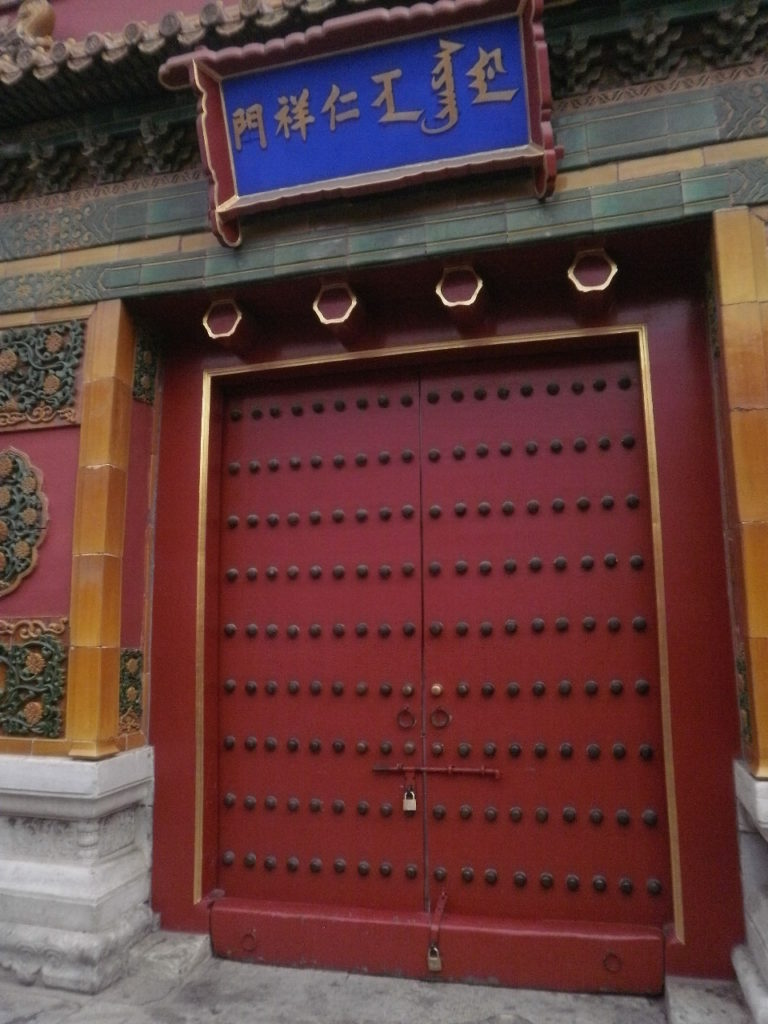
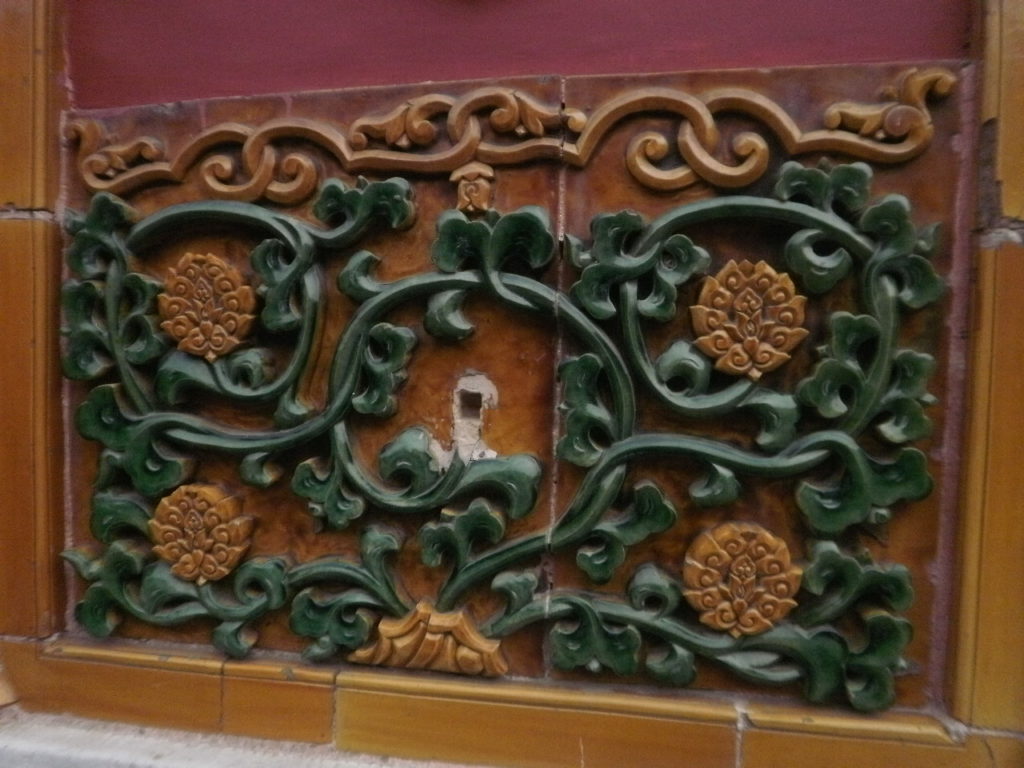
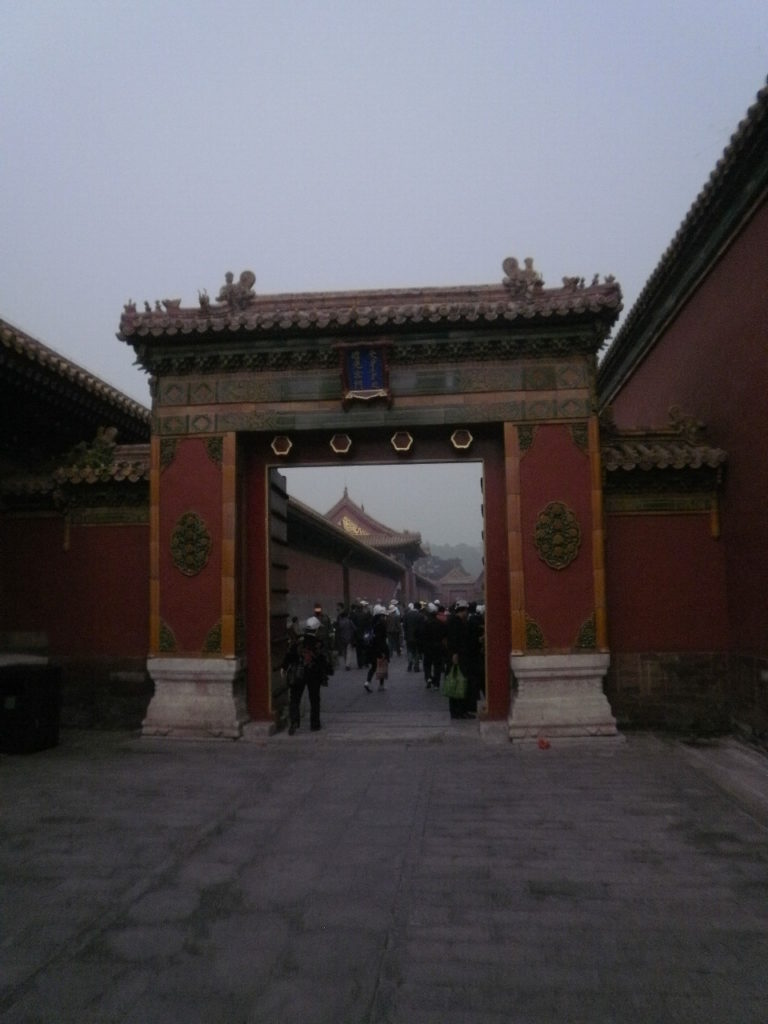
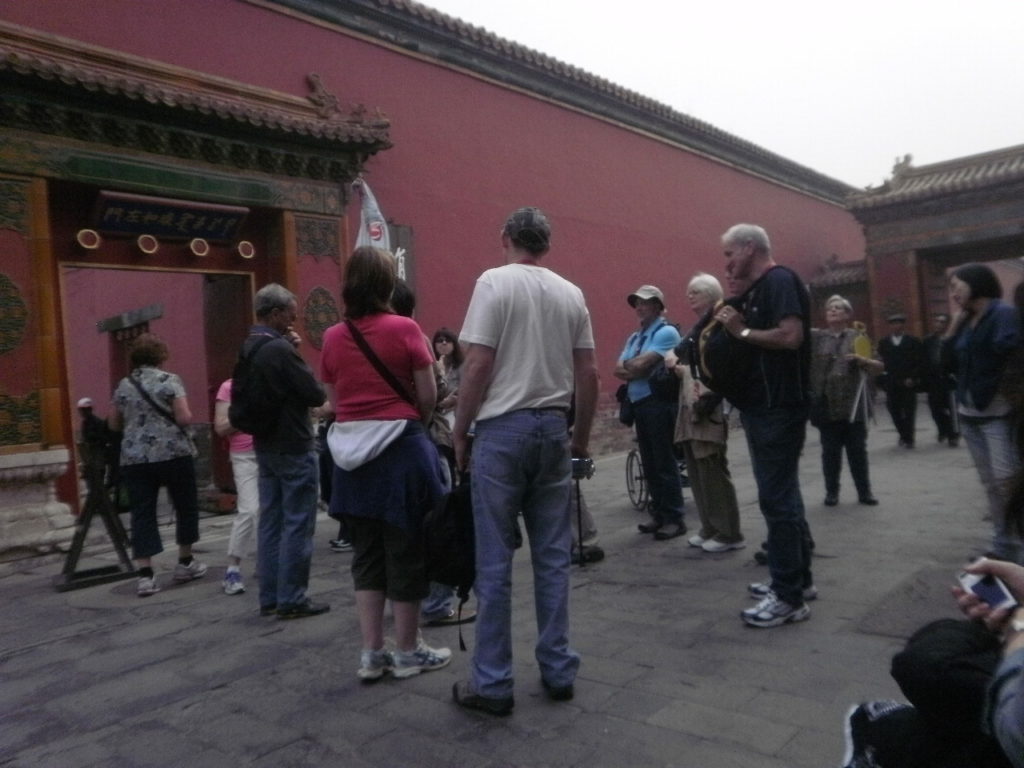
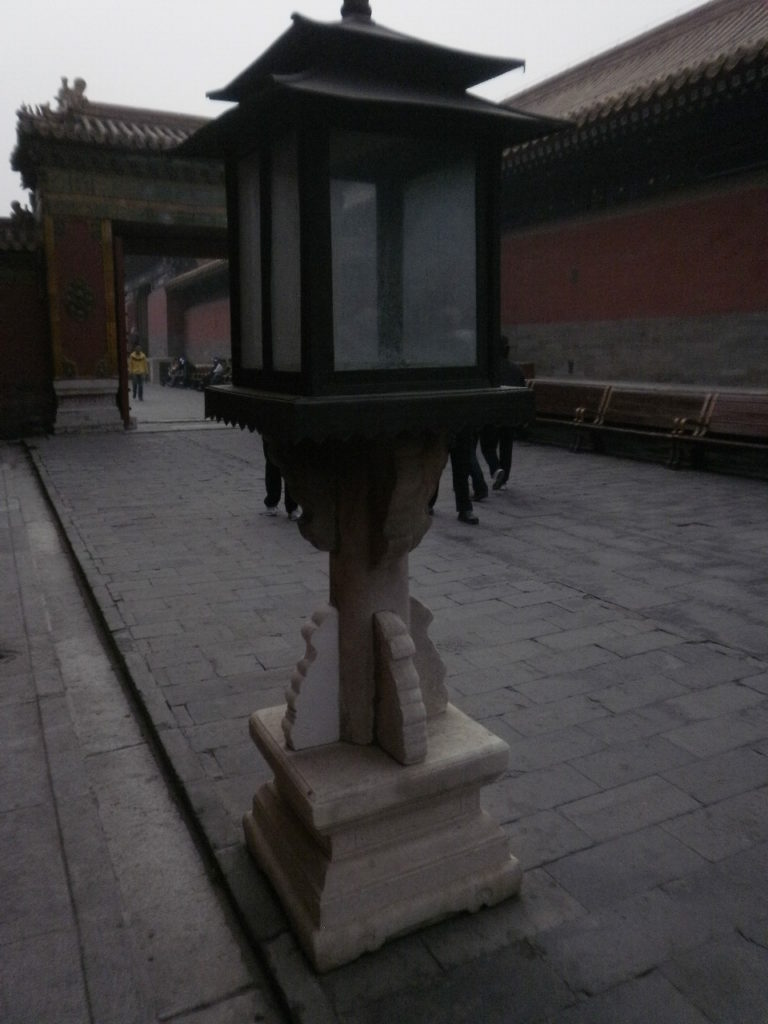

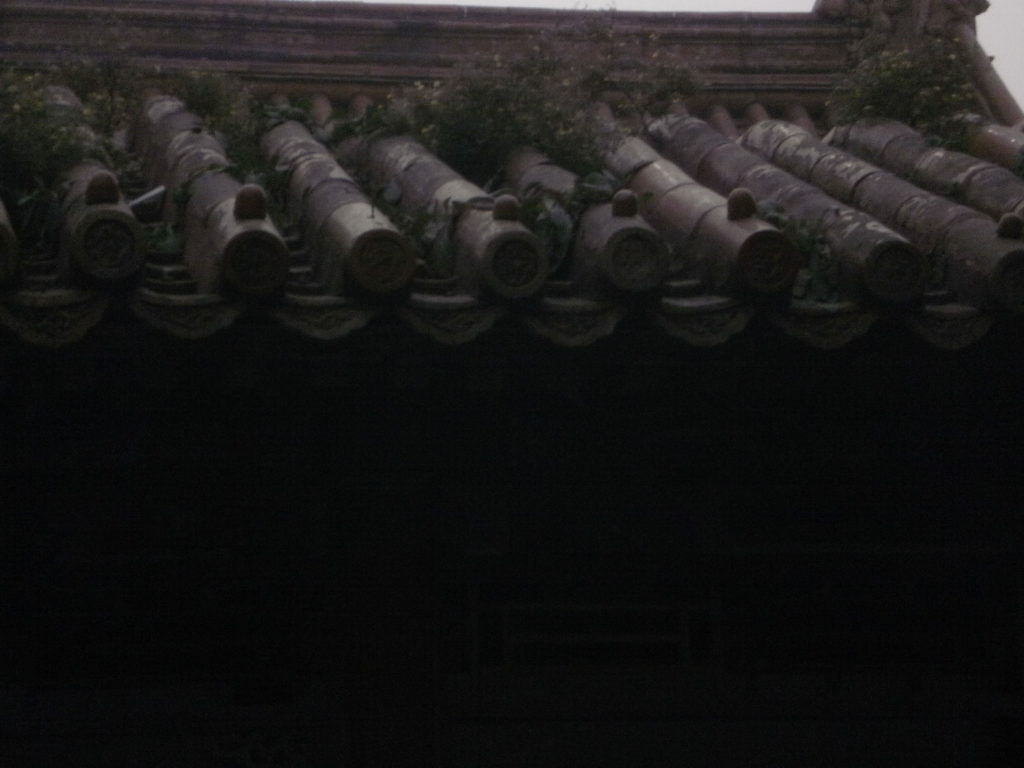
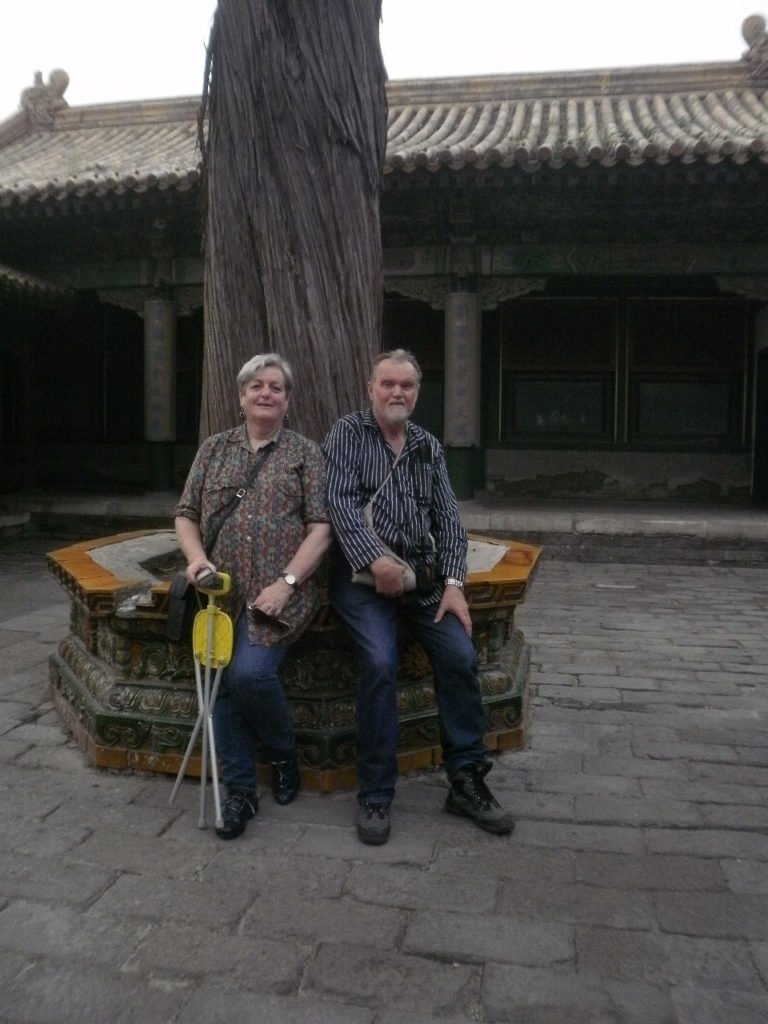
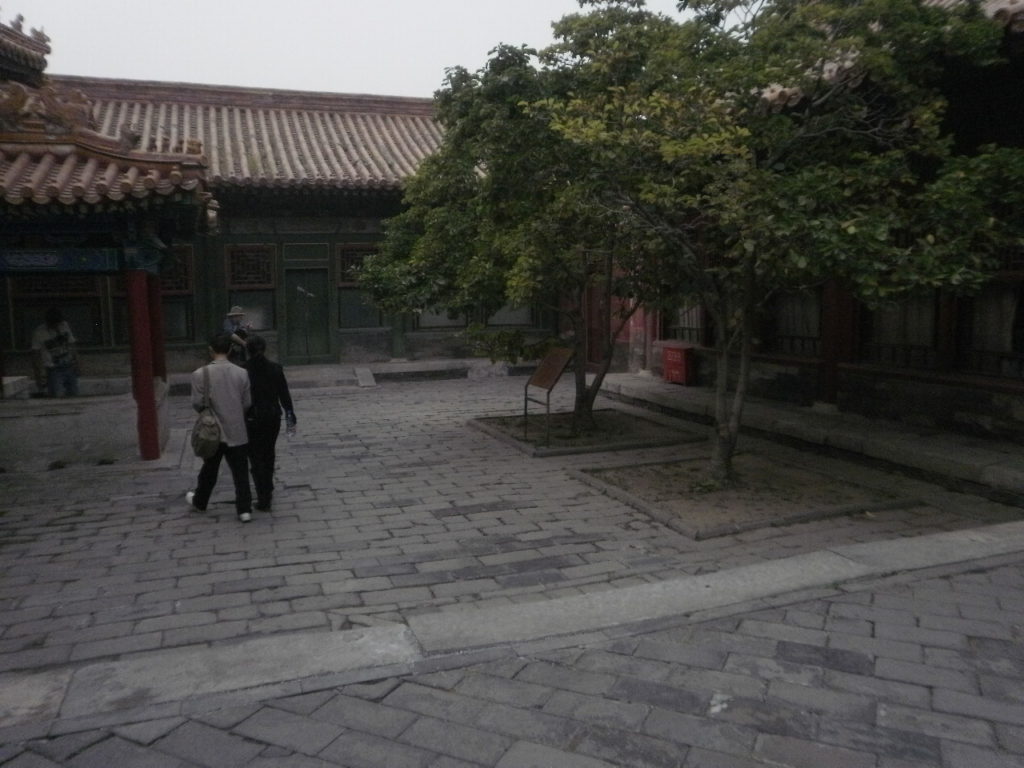
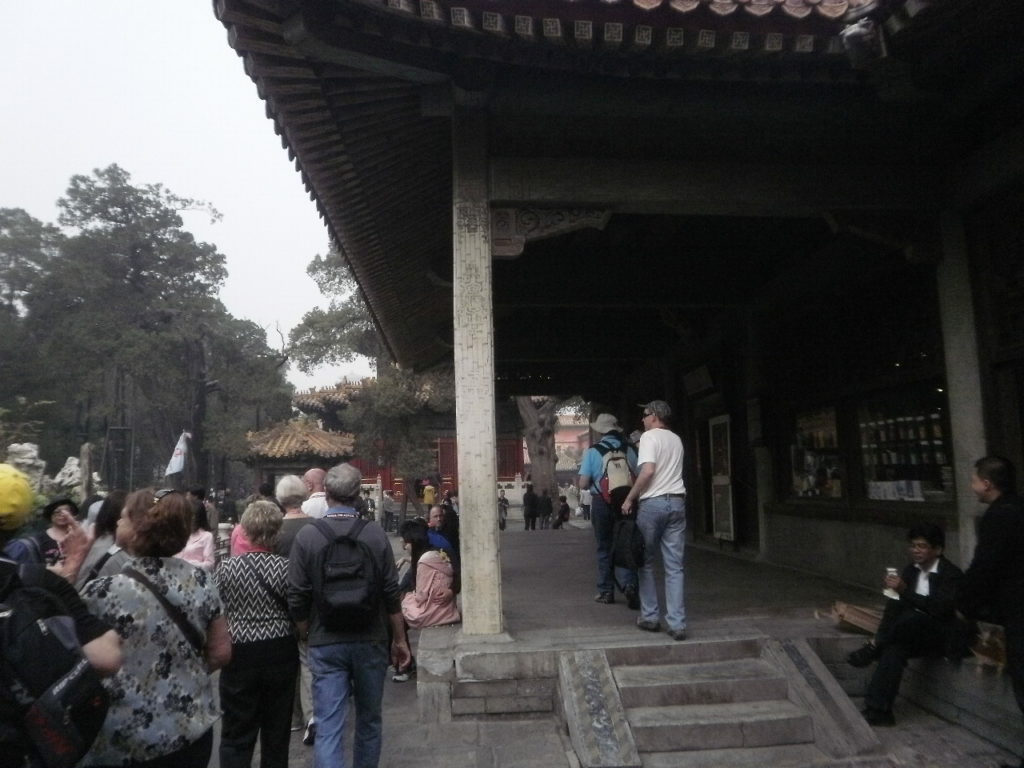
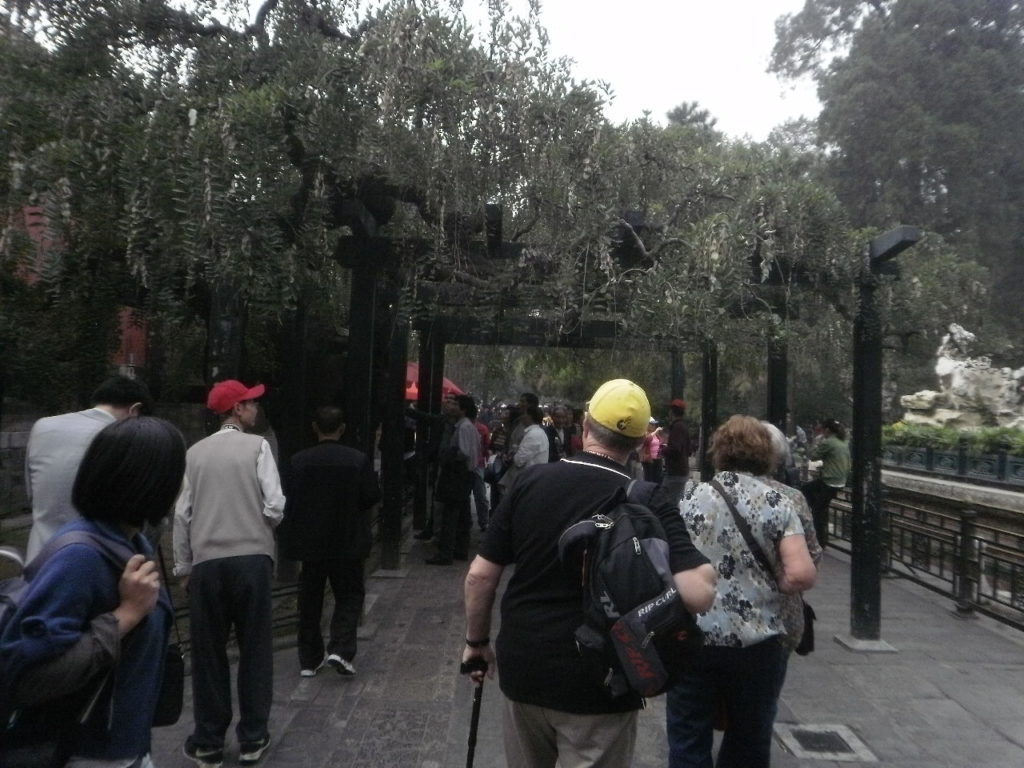
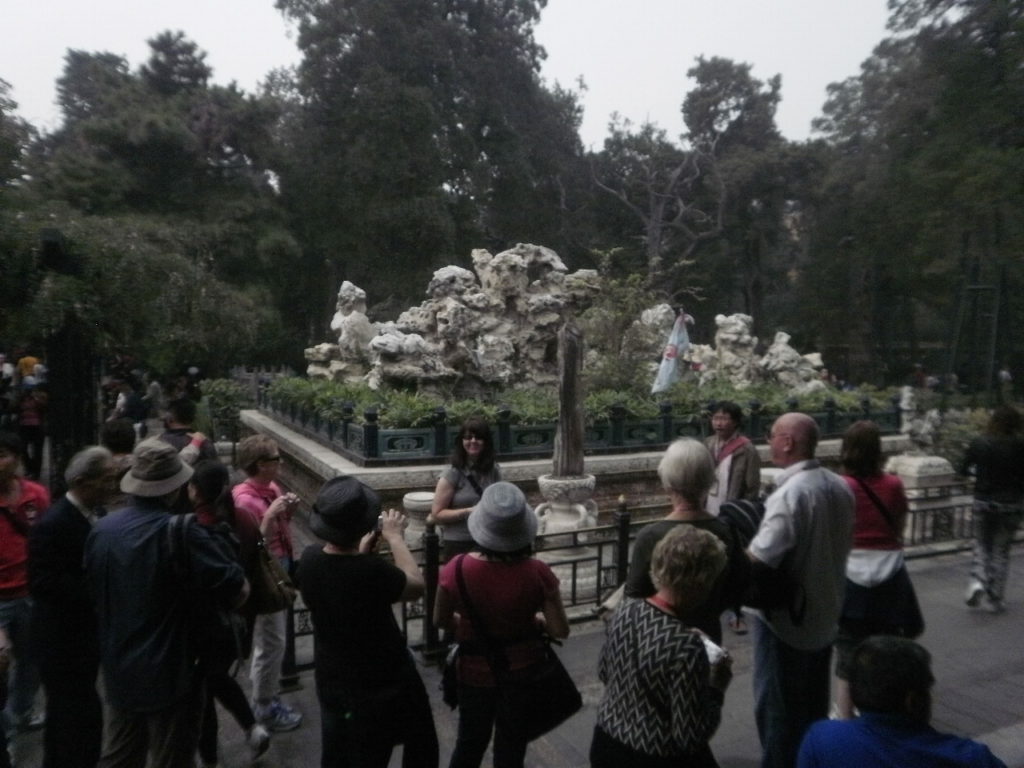
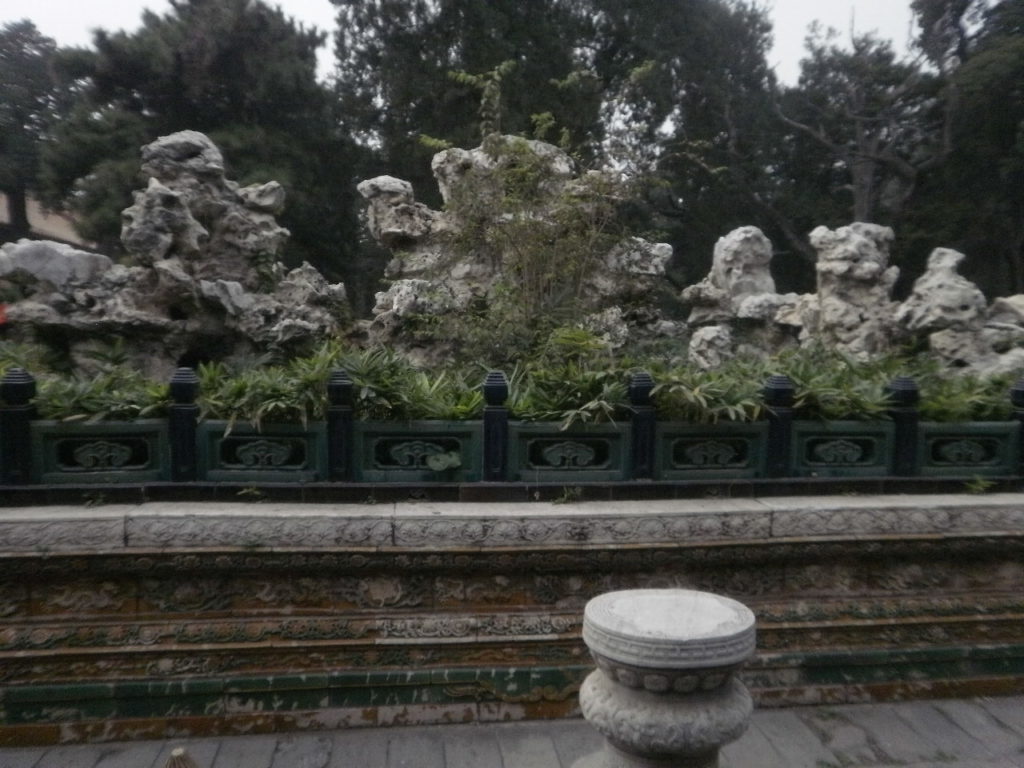
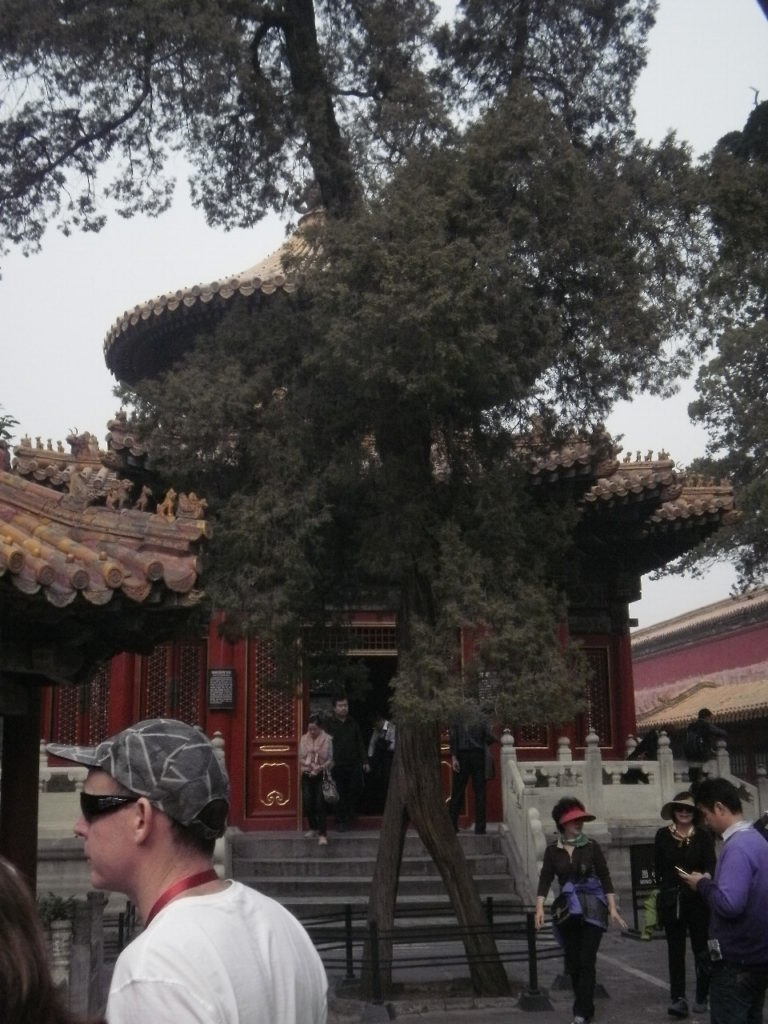

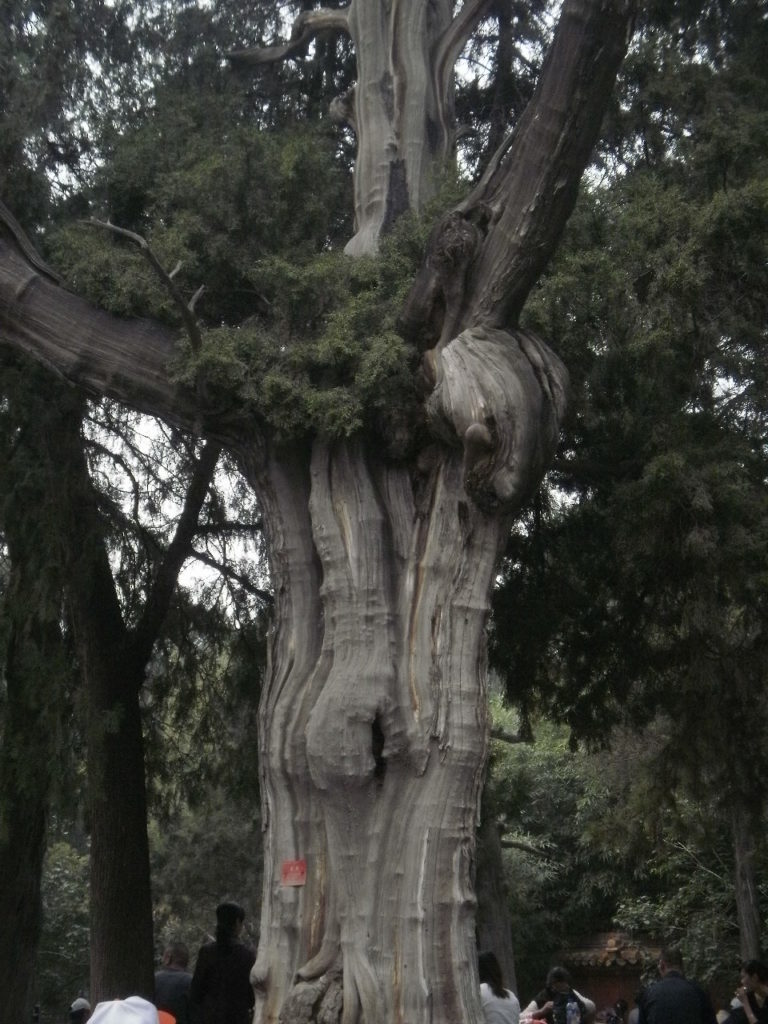
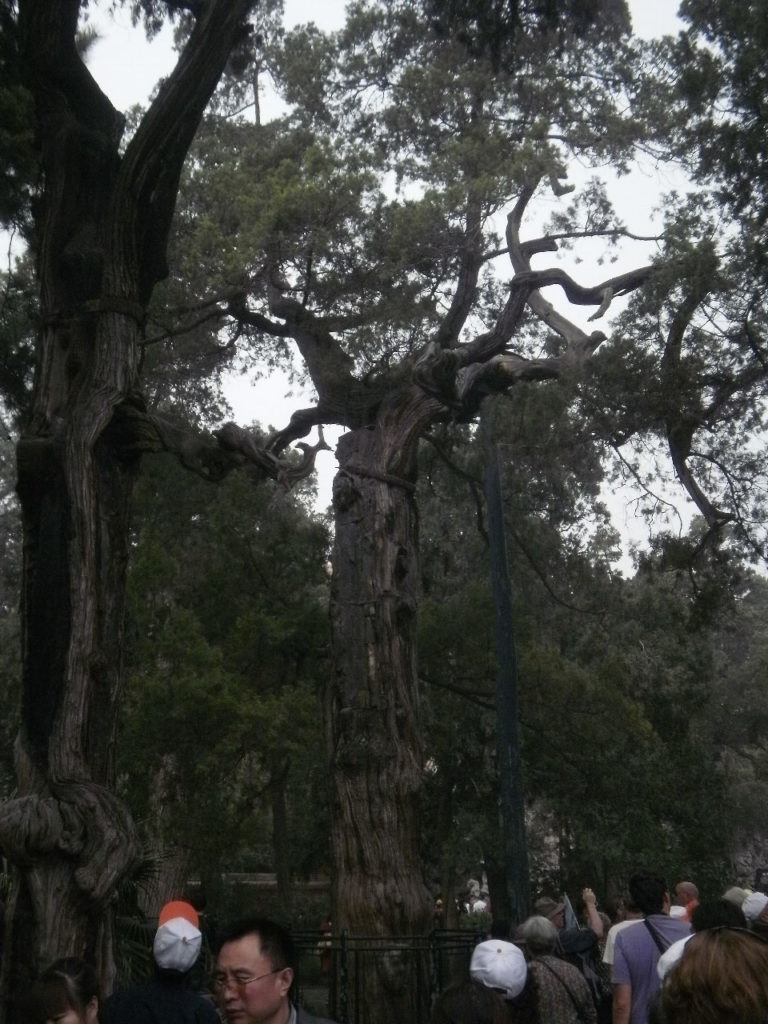
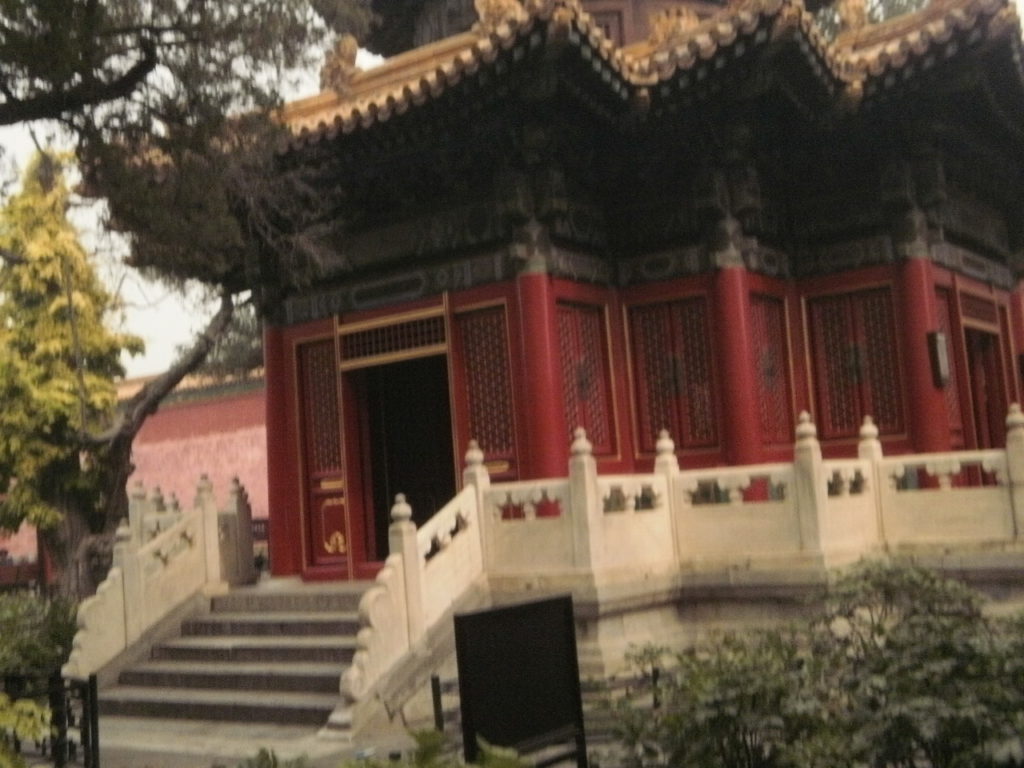
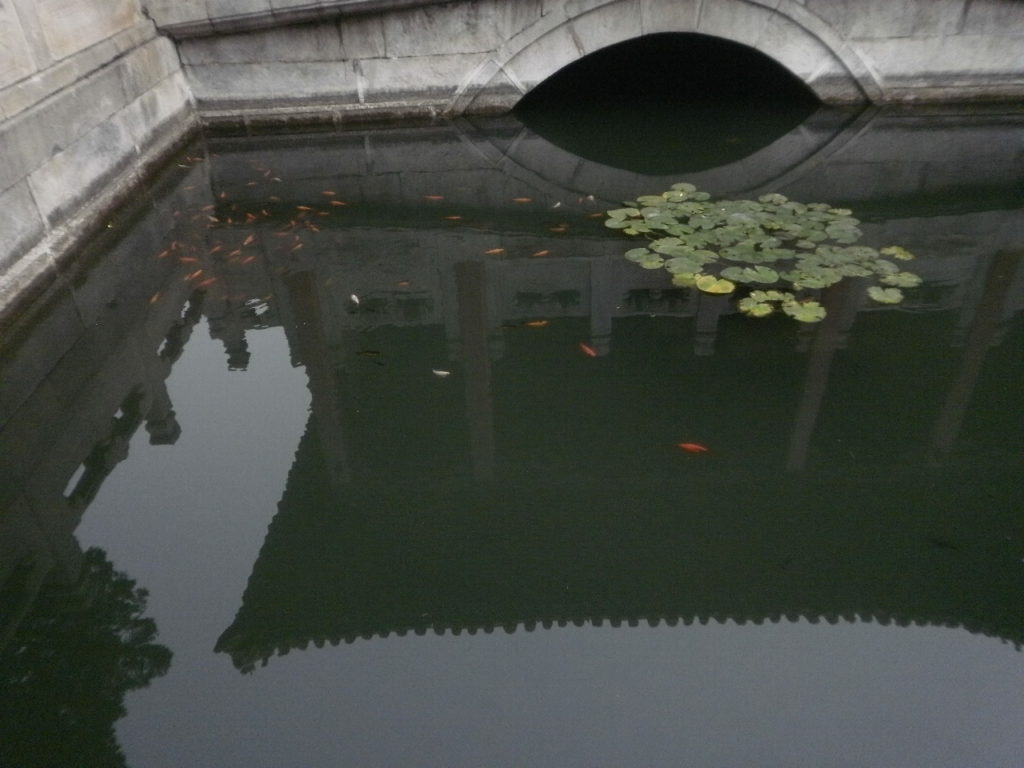
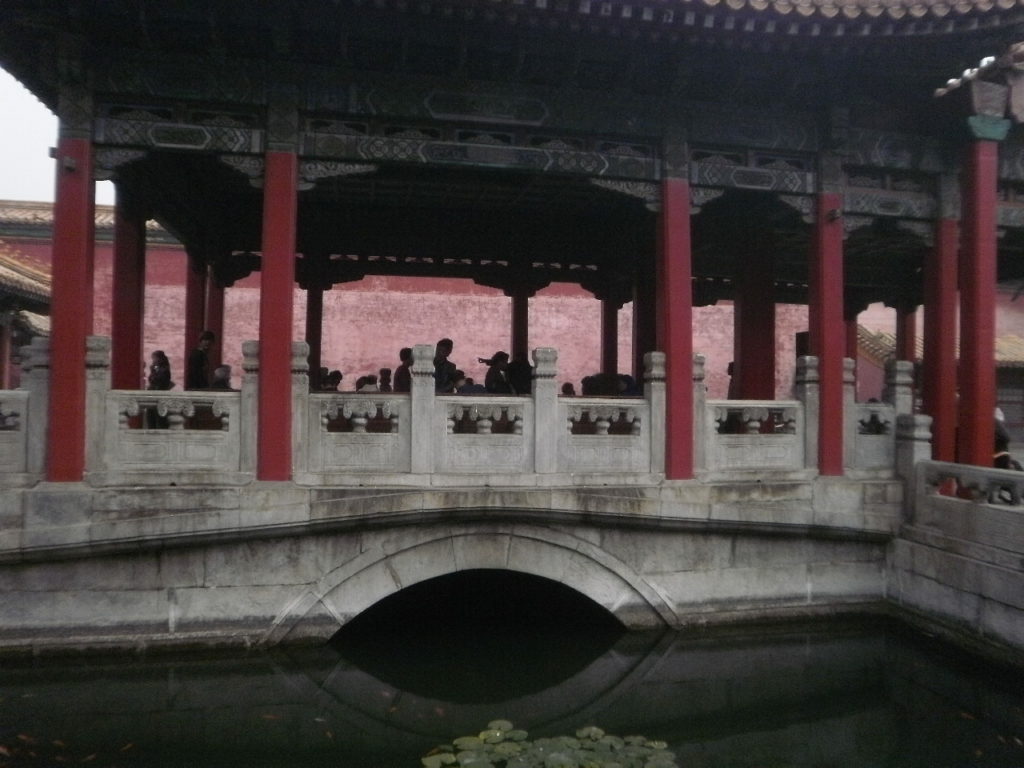
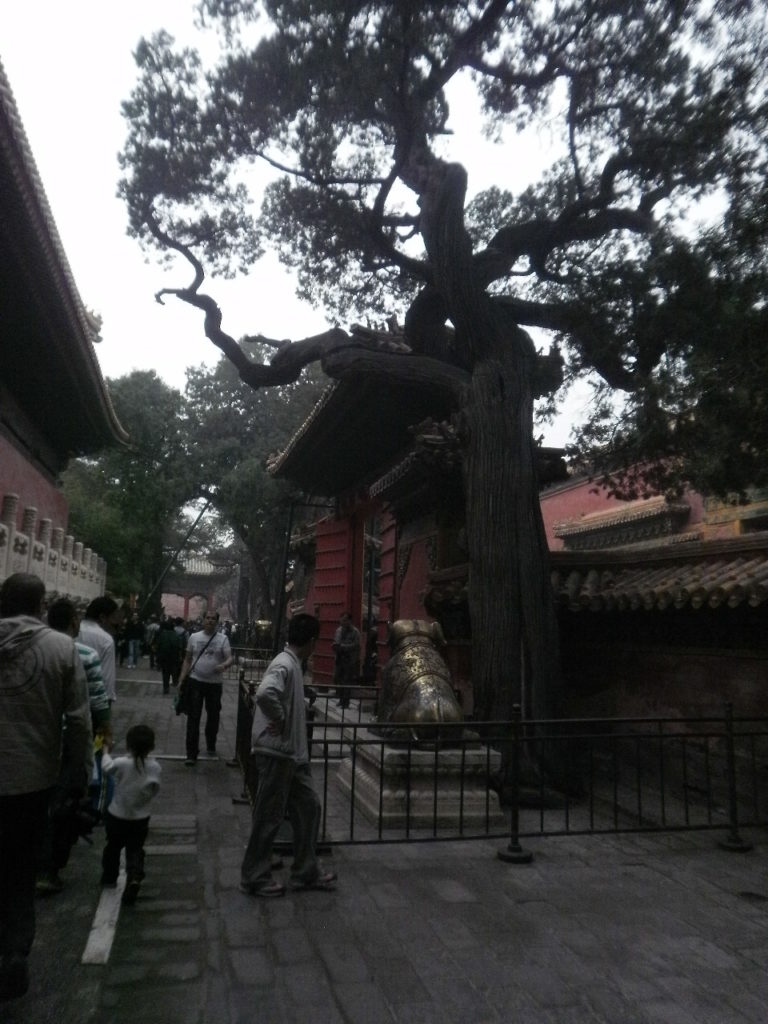
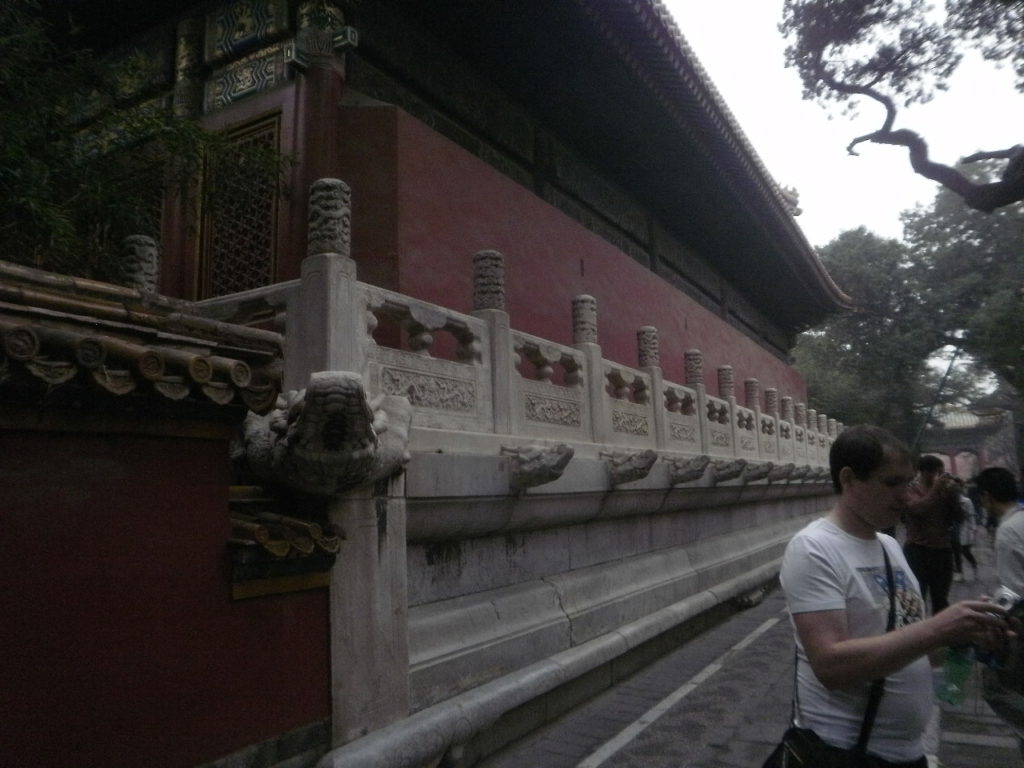
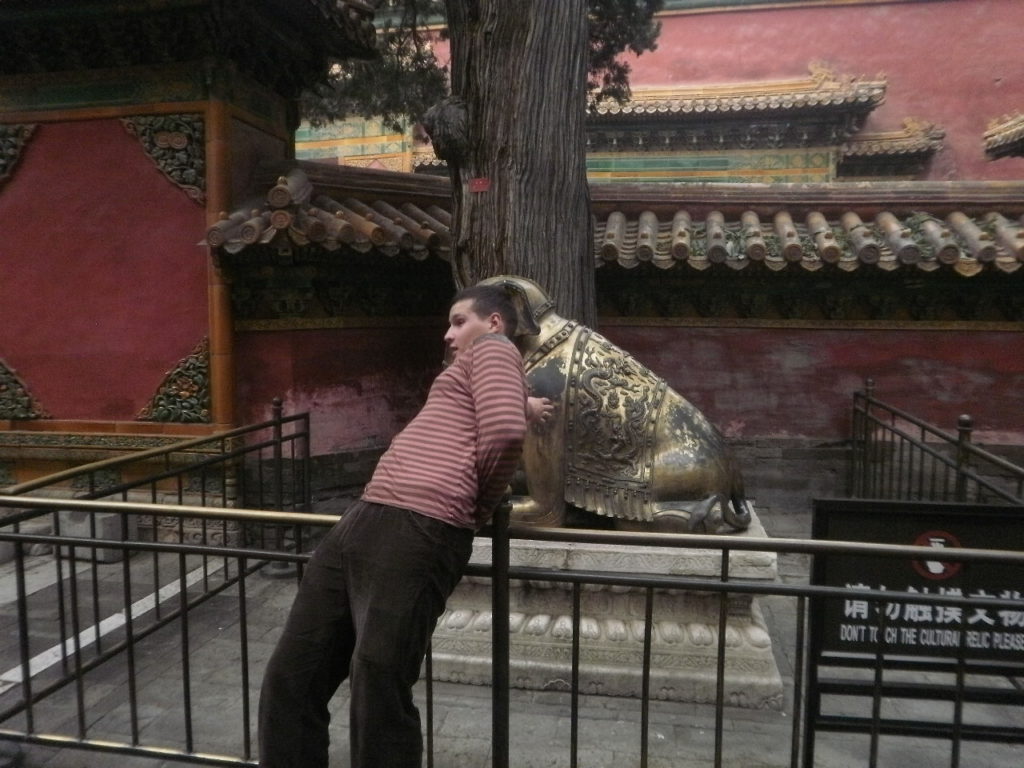
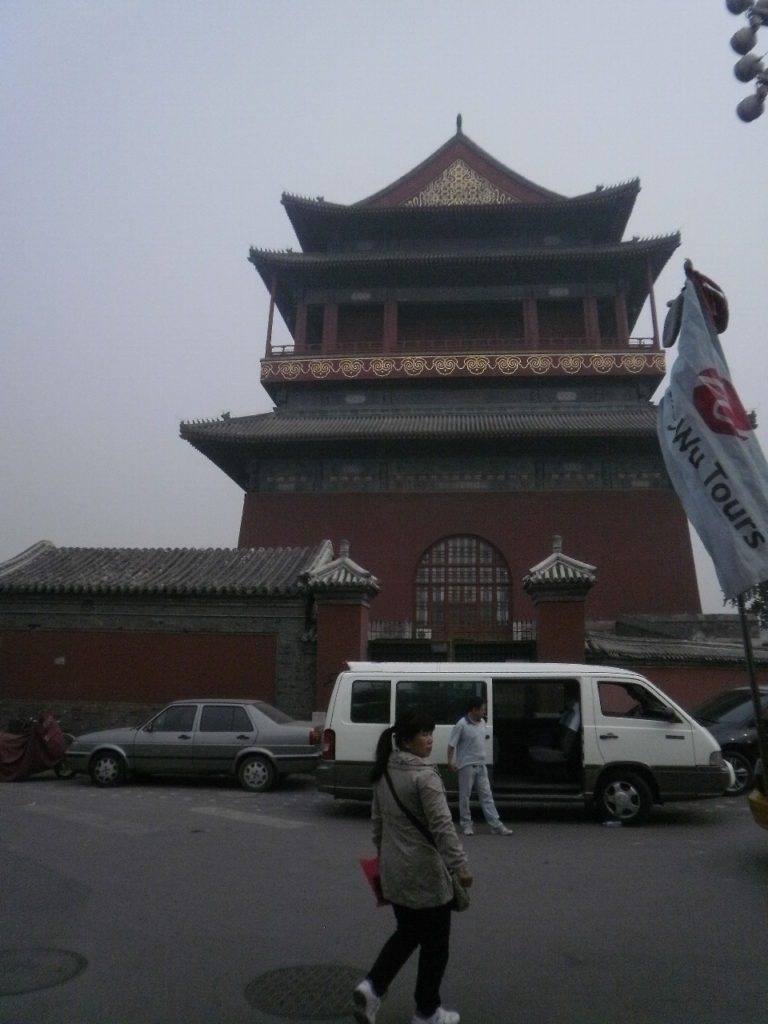
______________________________________________________________________________
From Jade Ware:
History of Jade Wares
There is an old Chinese saying “Gold is valuable but jade is invaluable.” Dispatching how important and valuable that Chinese people think of this beautiful gem stone with greasy luster. Many countries have jade culture, but no one can catch China with its long and profound jade culture and history.
One of the jade ware that unearthed at Hemudu of Zhejiang province has a history of more than 7,000 years. And 4,000 years ago, at the middle and late Neolithic period, jade articles were more popular, having moved from the use of sacrificial vessels and to an emblem of privilege, buried with high officials in the tomb.
Since spring and autumn period, jade-carving techniques developed quickly and jade pieces were exquisitely carved. Jade ware of this period in patterns of dragon, phoenix were highly treasured today. There was strictly rule for officials on using jade to show different ranks by different patterns. The emperor of Qin Dynasty used jade seal and followed by other emperors. To preserve the body of the dead, Liu Sheng of Han Dynasty, the ruler of the Zhongshan State (113 BC) was buried in the jade burial suit composed of 2,498 pieces of jade, sewn together with gold thread.
In Ming Dynasty, jade ware was not only for decoration-used but have more practical use. Except the personal adornments like jade ring, jade pendant, jade beads from the ancient time, daily articles like jade cup, jade pot and jade bowls were more common. To that time, jade has been classified into 6 categories by their functions, sacrificial vessel, tools, ornaments, utensils and many other items (ancient music instruments made of jade, like jade flute).
From times, there are many masterpieces left along with the change of dynasties. Most Ancient Jade jewelry are treasured collected by collector or exhibited at the museum throughout the world. Some ancient jade pieces are available at Shanghai Museum or Shaanxi Historical Museum of China. Jade has fascinated art lovers worldwide because of both its grandeur and its intimacy, the sheer variety of colors and shapes depicted make it unique as both a subject of as far as well as a subject of the realm of geological formations.
______________________________________________________________________________
